Biography of Steve Jobs
Steve Paul Jobs was an American inventor and entrepreneur, co-founder of Apple Inc. He first made history by revolutionizing personal computers with the graphical user interface. He then transformed the music industry by inventing the iPod and iTunes. Finally, by creating the iPhone and later the iPad, Apple became a leader in the mobile device market.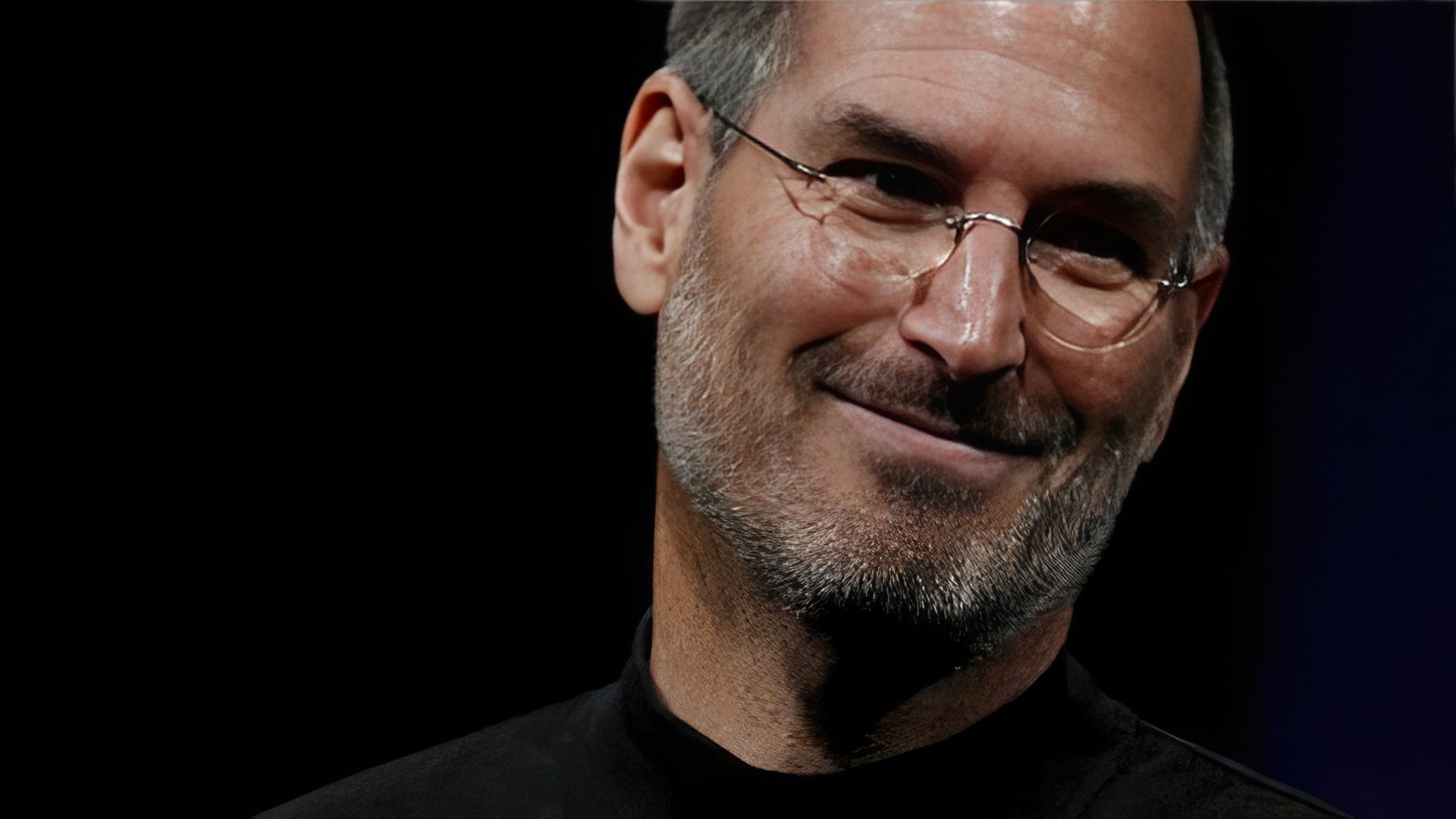
Childhood
Steve was born in 1955 in San Francisco. His biological parents were an unmarried couple: Syrian Abdul Fattah (John) Jandali, a political science professor, and German Joanne Schieble, who met at the University of Wisconsin. Joanne's family opposed the relationship and threatened to disinherit her, so she decided to give the child up for adoption.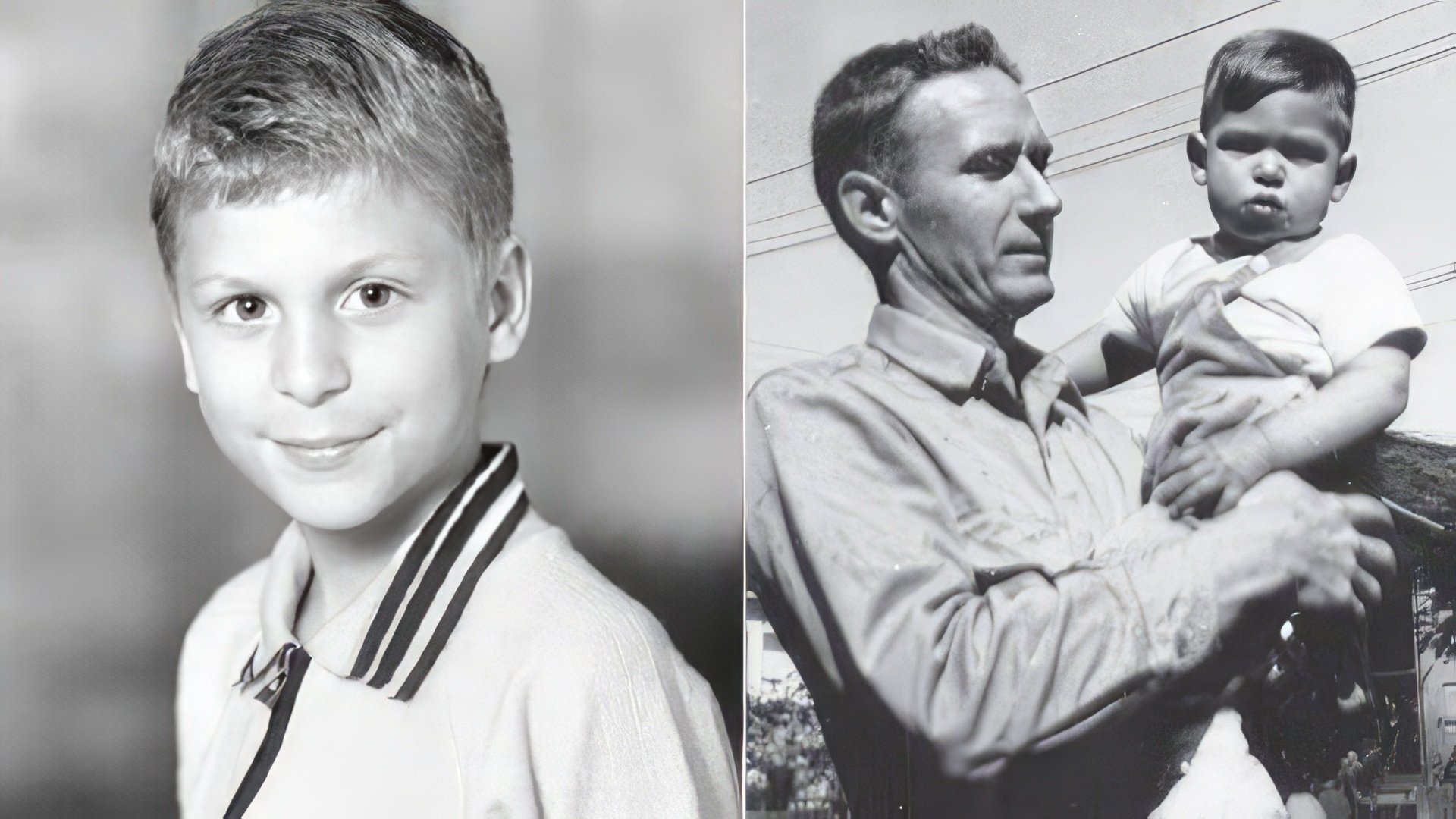
When Steve was in 7th grade, increased crime in their neighborhood forced his parents to spend their last savings on a house in the more affluent Los Altos. They could only afford a modest three-bedroom bungalow on Crist Drive. The house where Steve assembled the first Macintosh is now on popular tourist routes, and the city has become part of Silicon Valley, the world's most progressive tech hub.

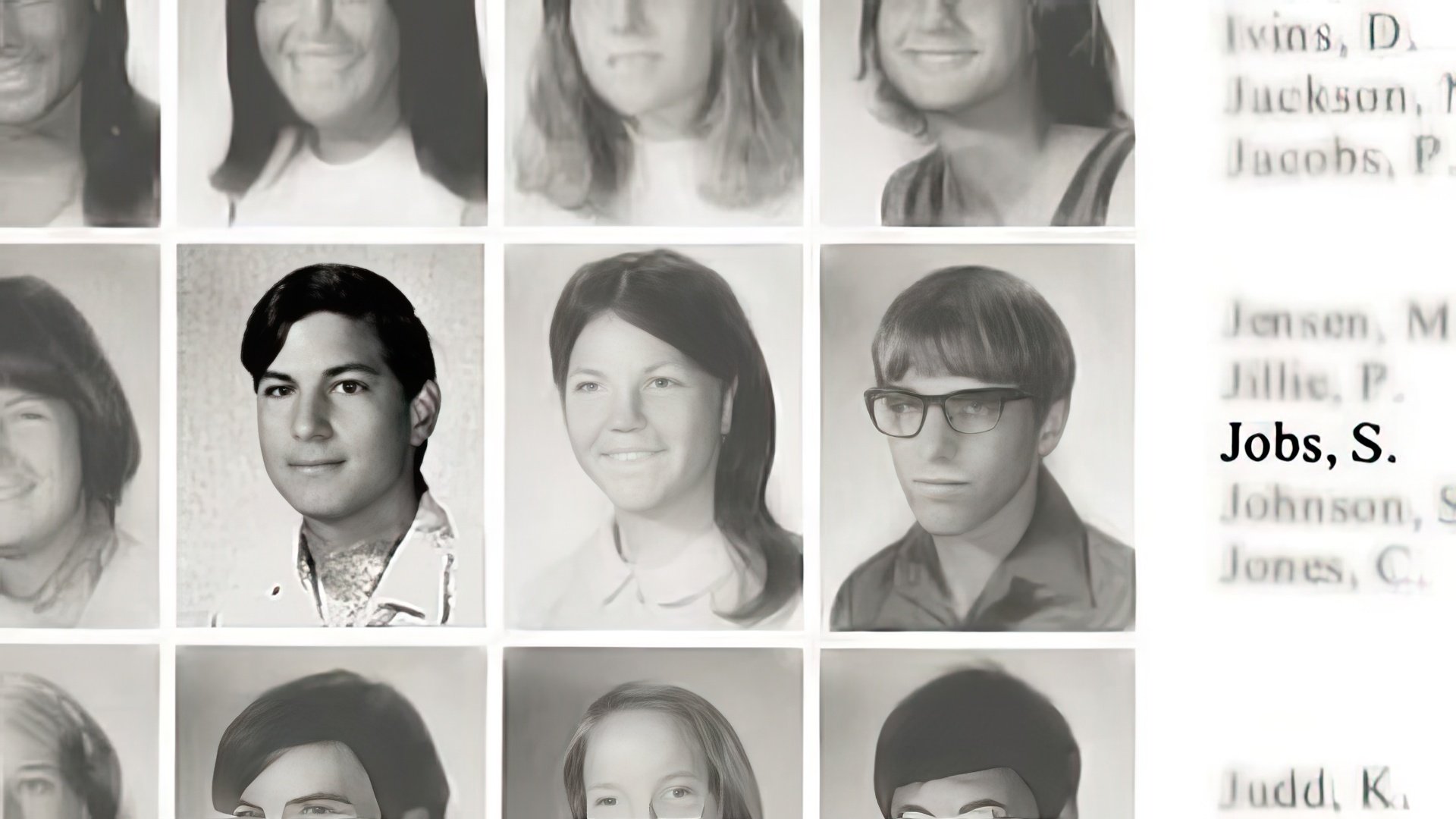
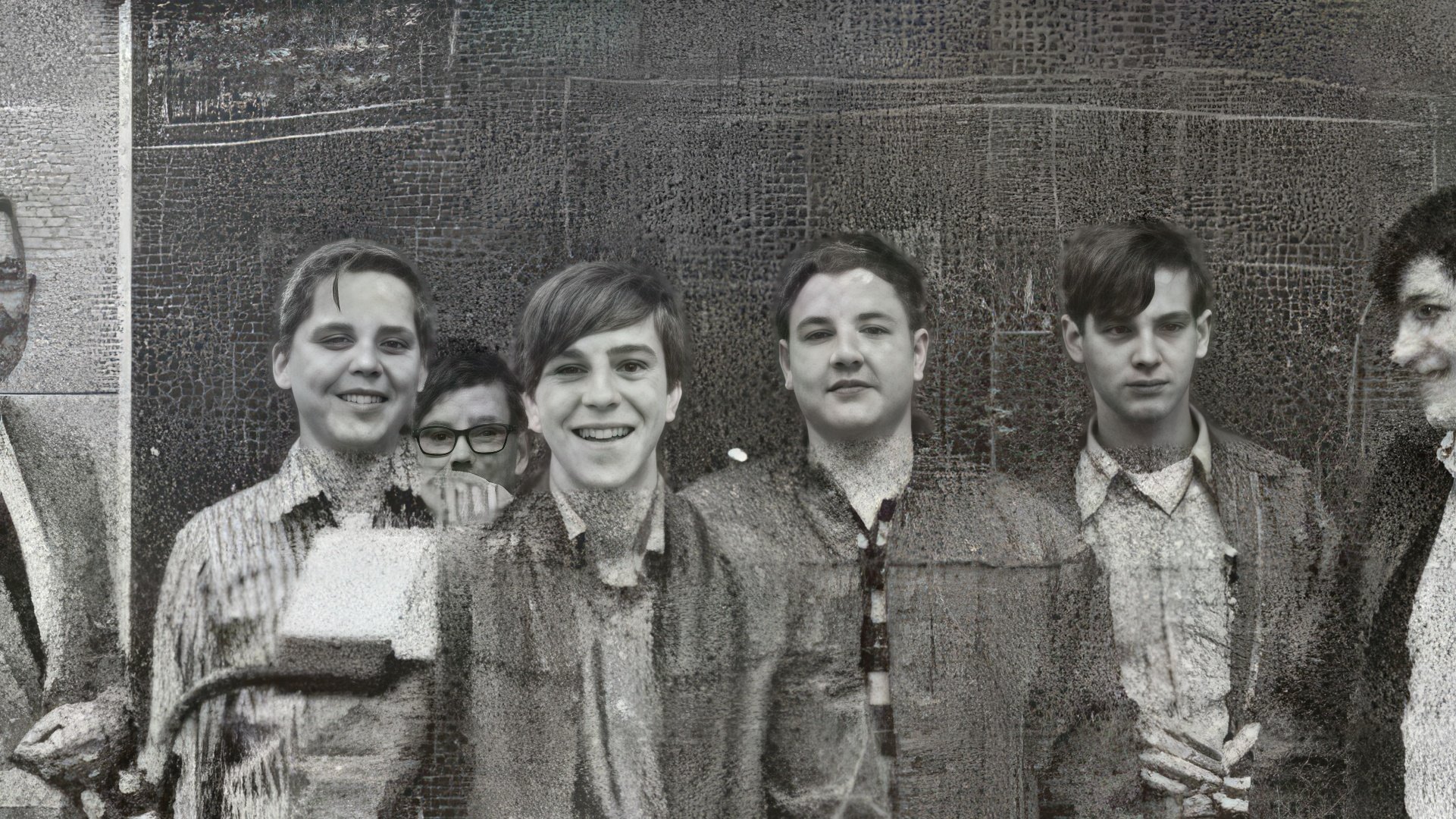
Education and Early Steps
After high school, Steve Jobs enrolled at Reed College in Portland, Oregon, but quickly dropped out when the tuition proved too expensive. During his brief time there, Steve met Daniel Kottke, who became his best friend. He received a job offer from Hewlett-Packard and accepted it. At work, Jobs met his future partner, Steve Wozniak, with whom he would make history.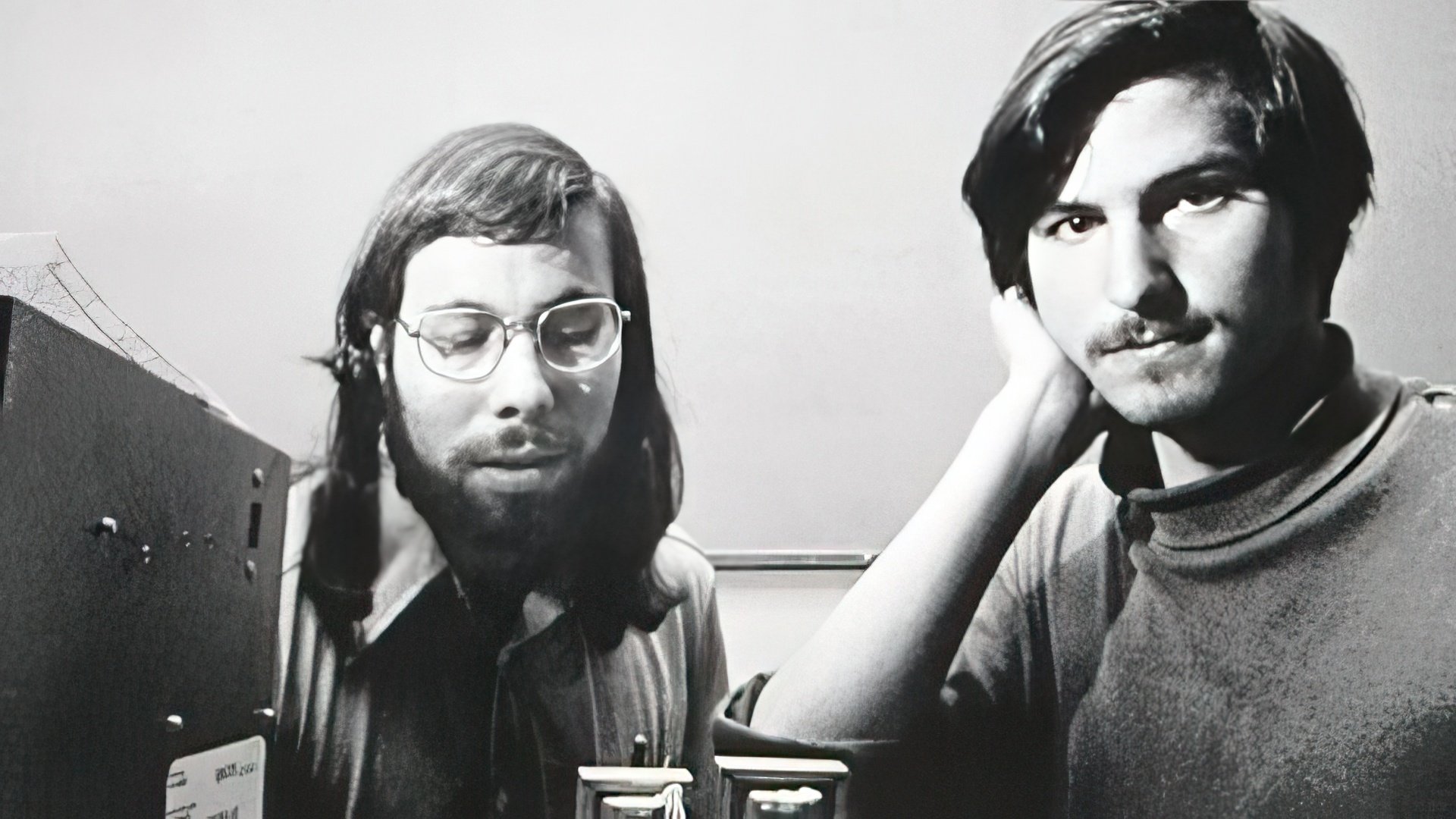
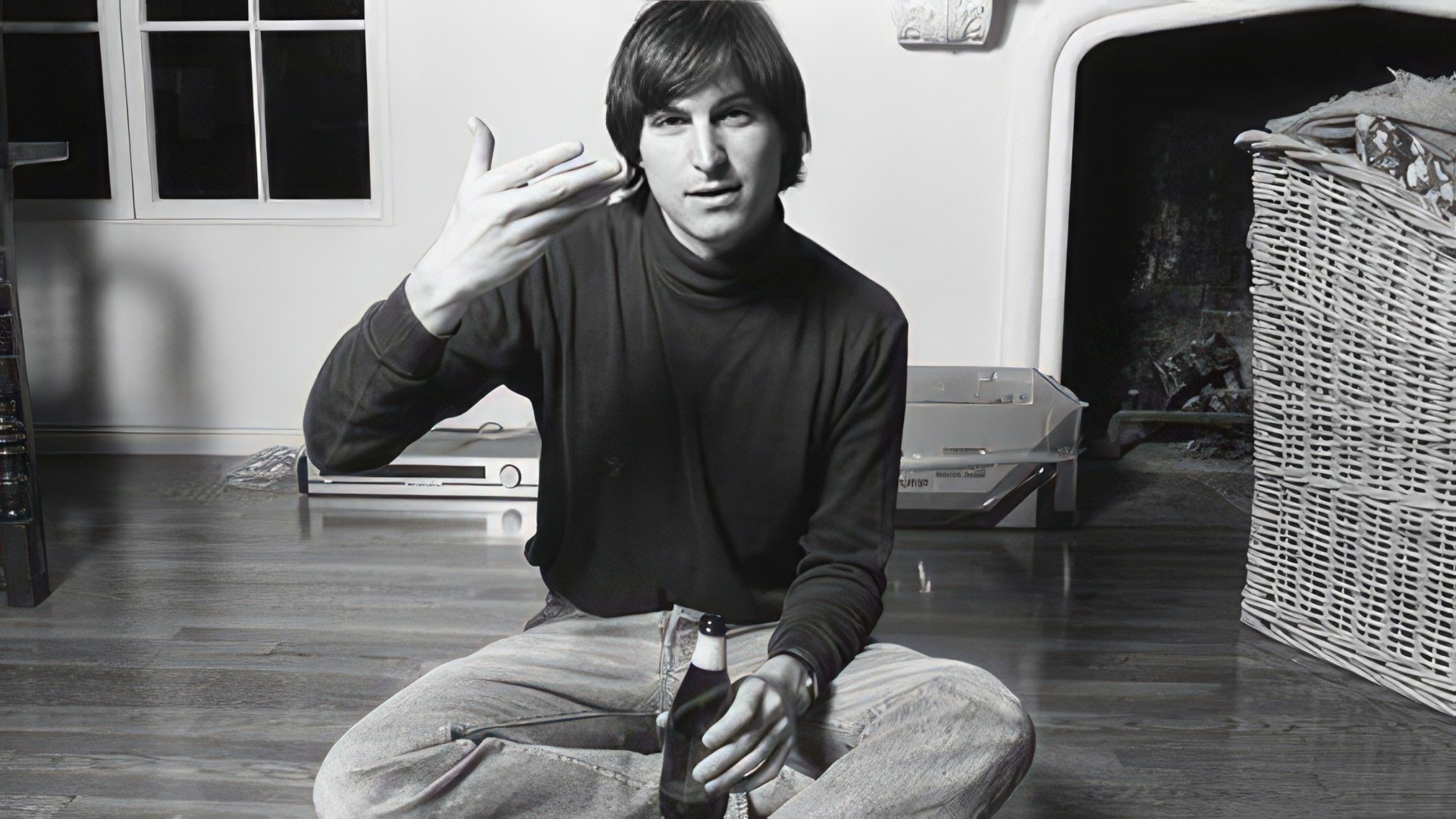
From his student days, Steve was drawn to hippie subculture, and later became captivated by Zen Buddhism. So after working at Atari for six months, he traveled to India. The journey proved brutal: Jobs contracted dysentery and lost 33 pounds. Later, Kottke joined him, and together they searched for a guru and spiritual enlightenment. Years later, Steve admitted he'd gone to India to resolve the inner turmoil from being abandoned by his biological parents.
The Creation of Apple
When Steve Jobs was just 20, Steve Wozniak showed him a homemade computer and convinced him they should start manufacturing computers for sale. They started with circuit board production but eventually moved on to assembling complete computers.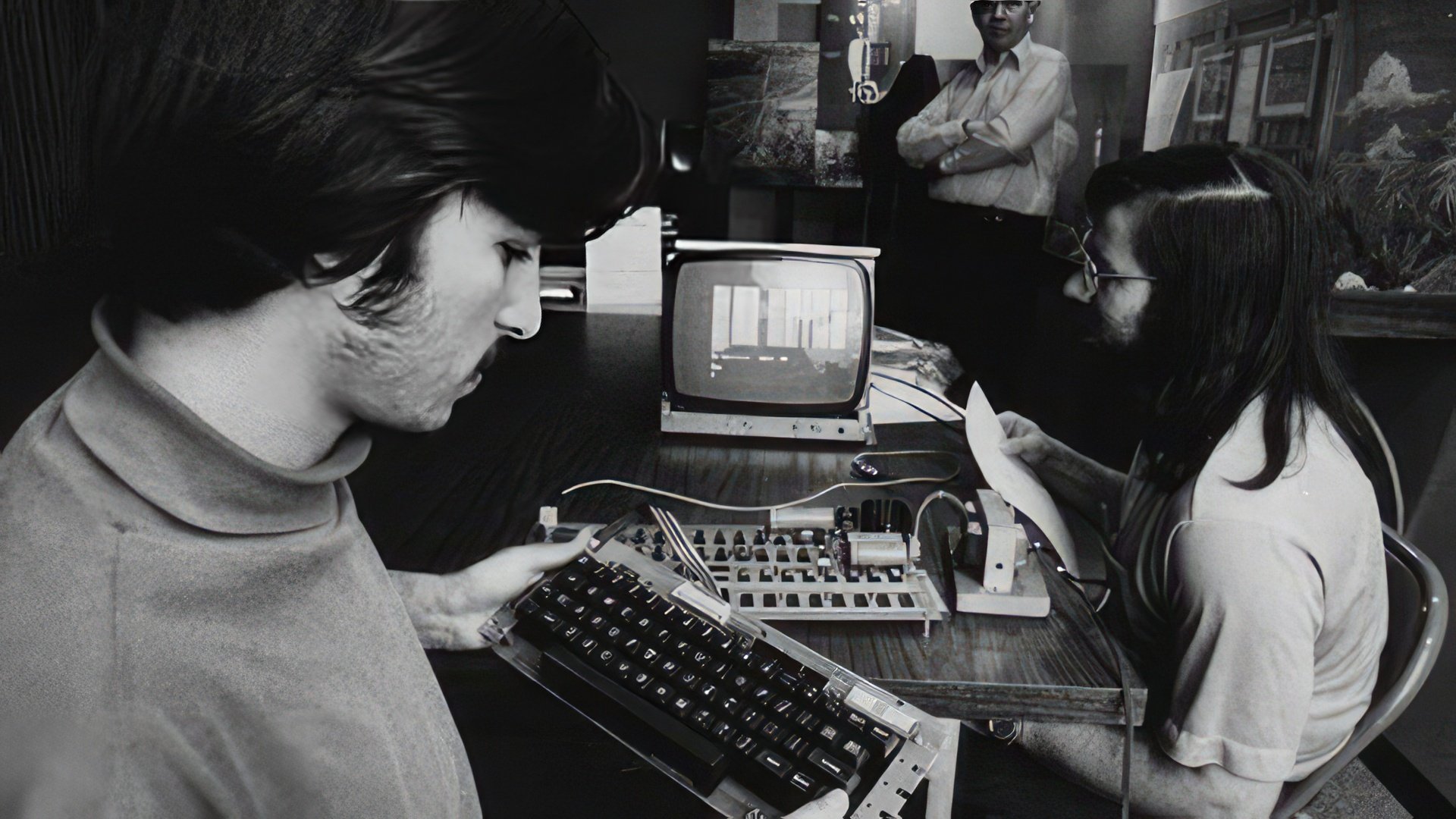
The pair also sold phone hacking equipment to phreakers—the predecessors of computer hackers. To hack, a 2600Hz tone was needed. Using simple children's whistles, former U.S. Air Force radio operator John Draper created a device called the "blue box" that emitted the required sound and enabled free long-distance calls. Jobs and Wozniak teamed up with Draper to sell his invention, raising enough money to build their first batch of computers. Unfortunately, Draper eventually landed in jail.
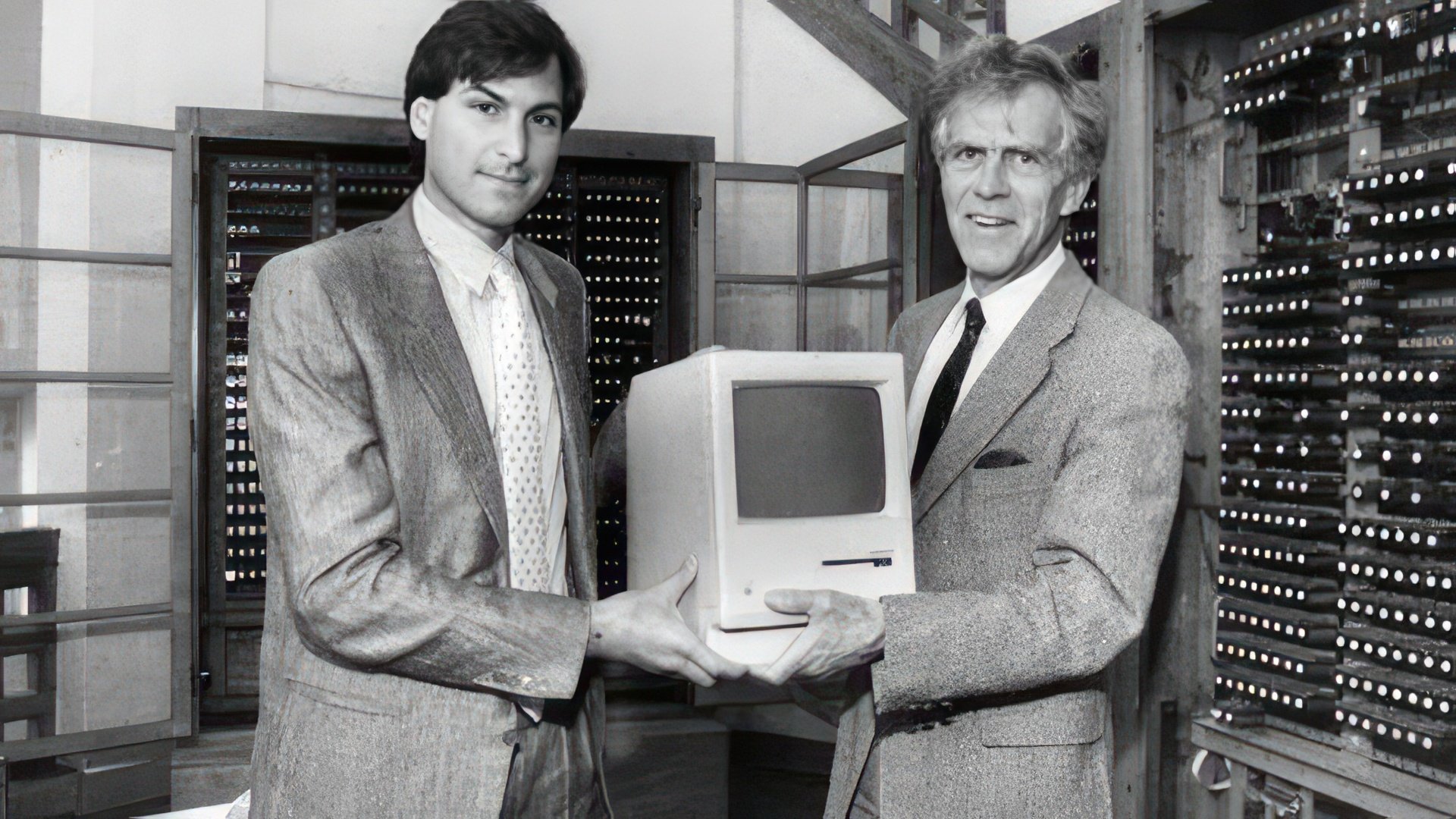
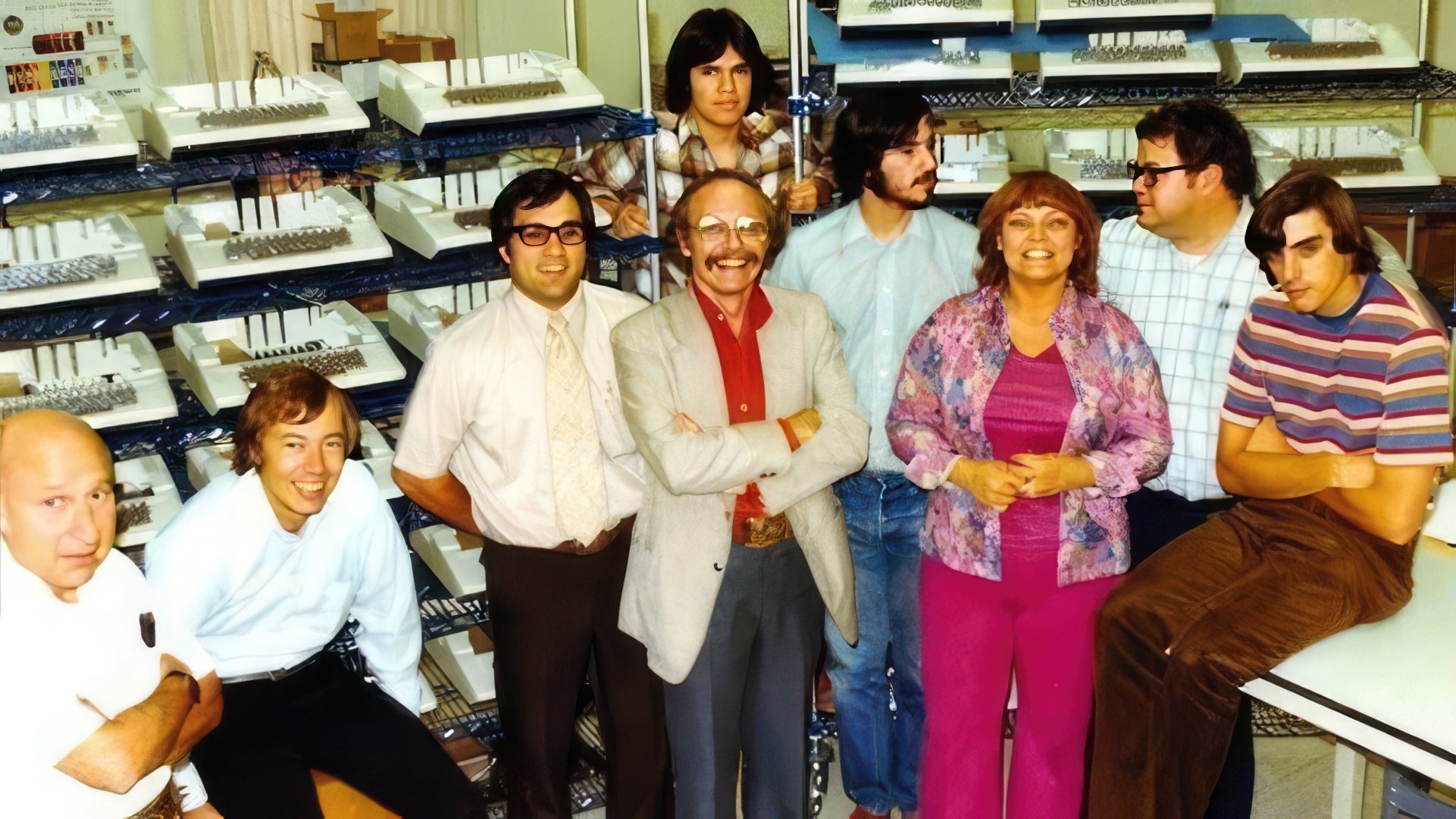
A month later, in July 1976, they delivered the first batch of Apple I computers to the store, each priced at $666.66.
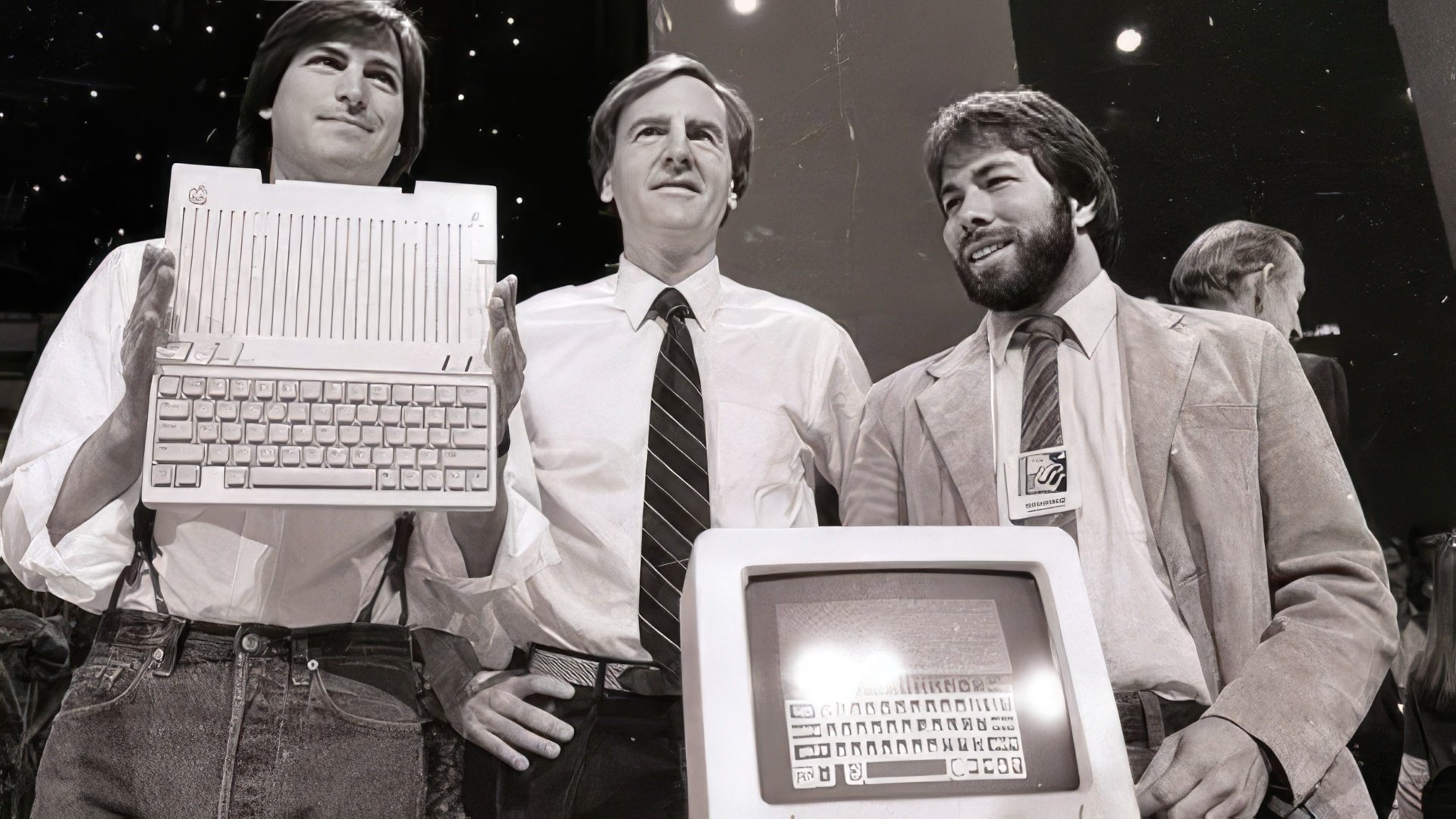
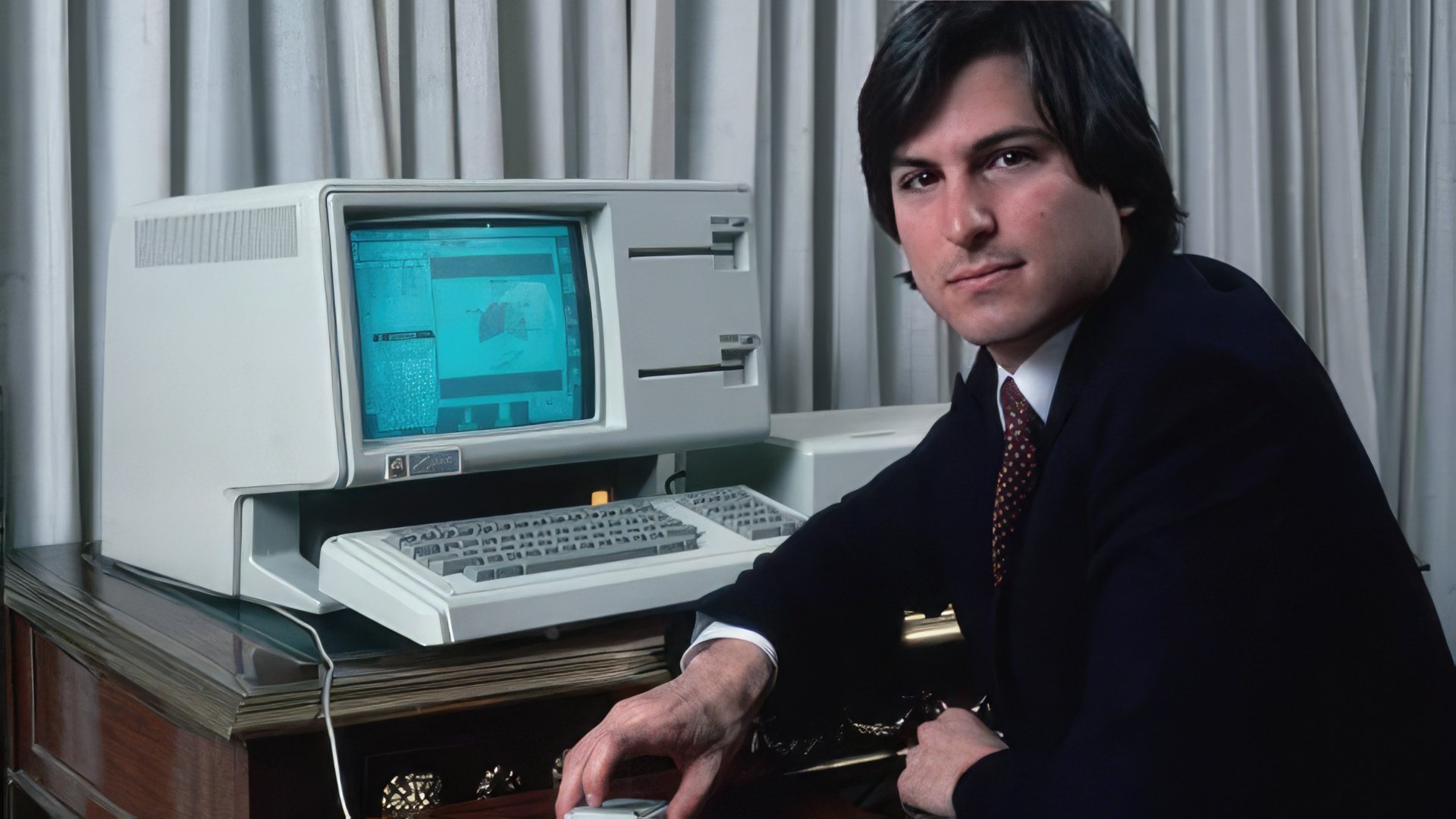
Around this time, Apple was developing the Lisa computer, named after Steve Jobs' daughter. Jobs planned to incorporate Xerox's innovations and spearhead this groundbreaking computer project, but his colleagues – Mark Markkula, who had invested over $250,000 in Apple, and Scott Forstall – reorganized the company and pushed Jobs aside.
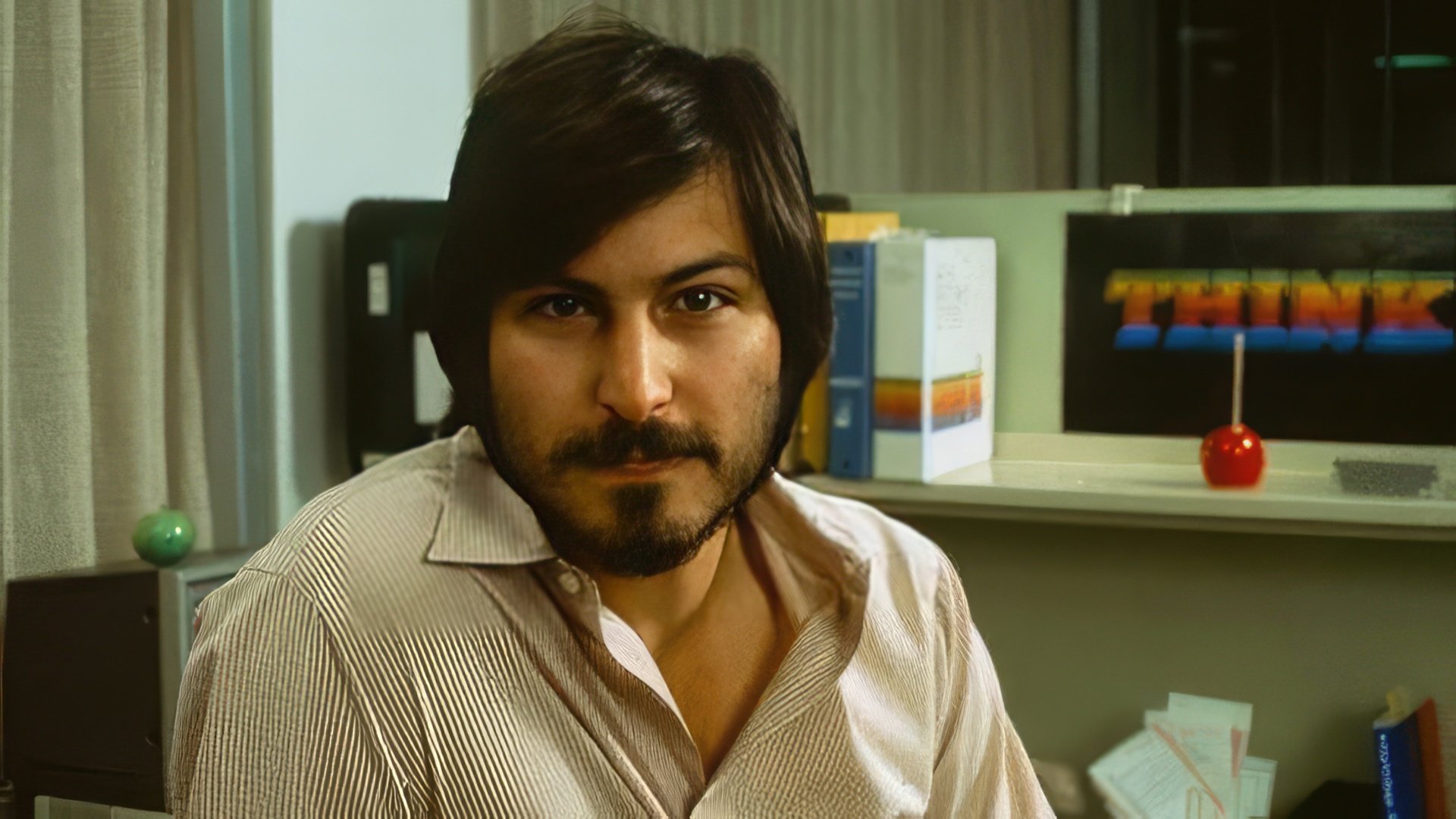
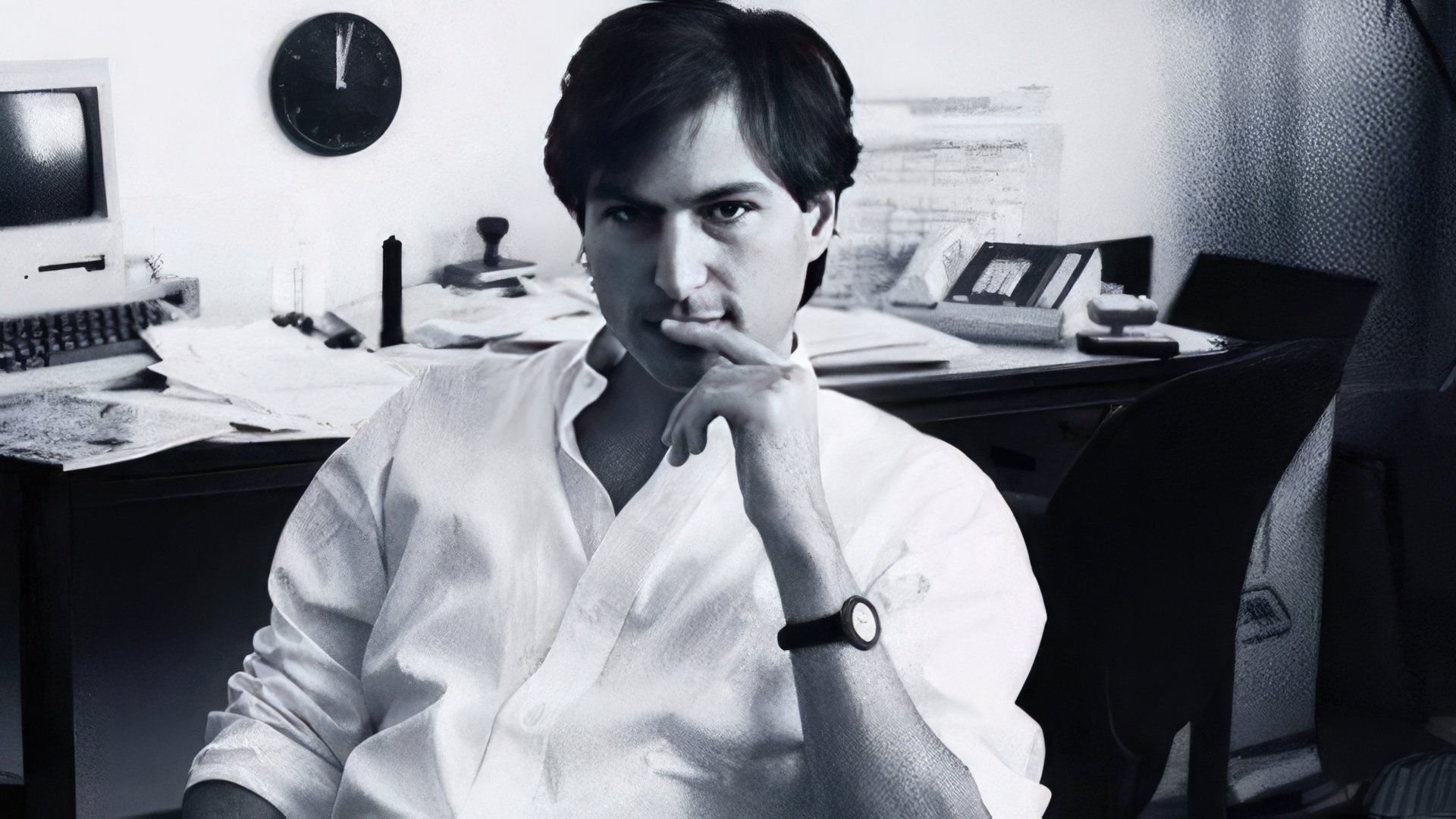
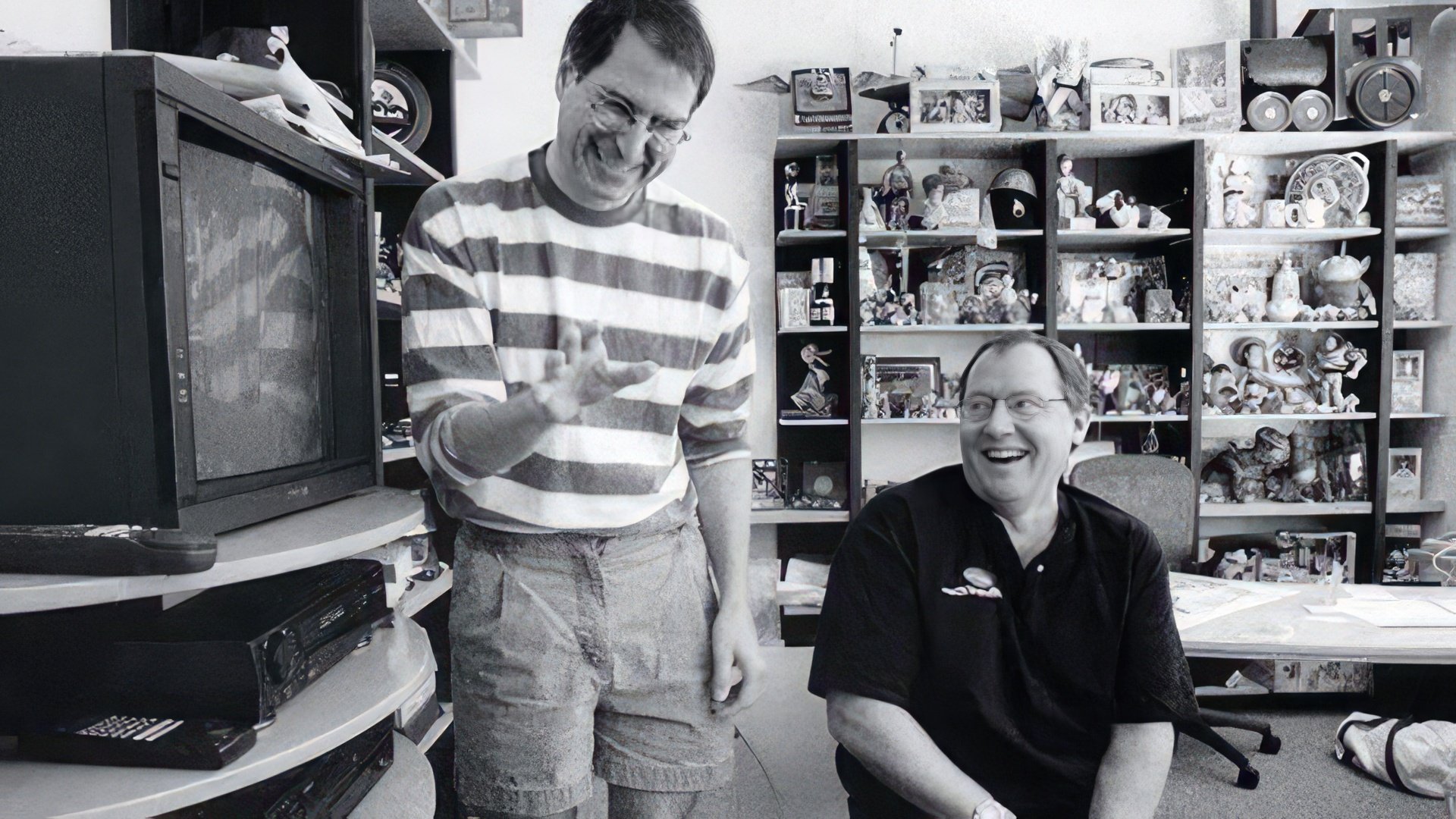
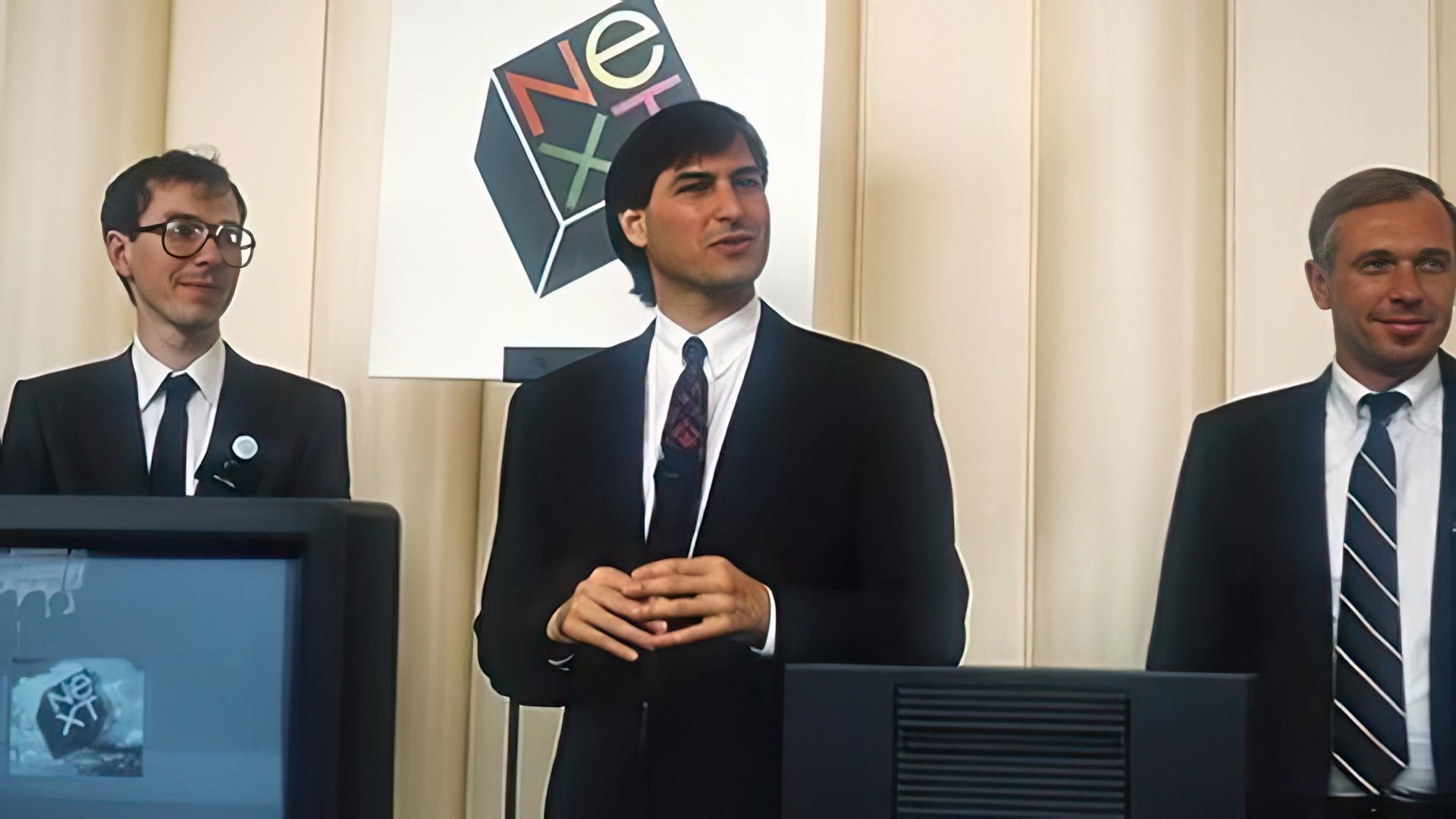
The Gadget Revolution That Changed Everything
In 2001, Steve Jobs unveiled Apple's first music player, the iPod. This product would later become Apple's cash cow, as the MP3 player was both the fastest and most storage-packed device of its era.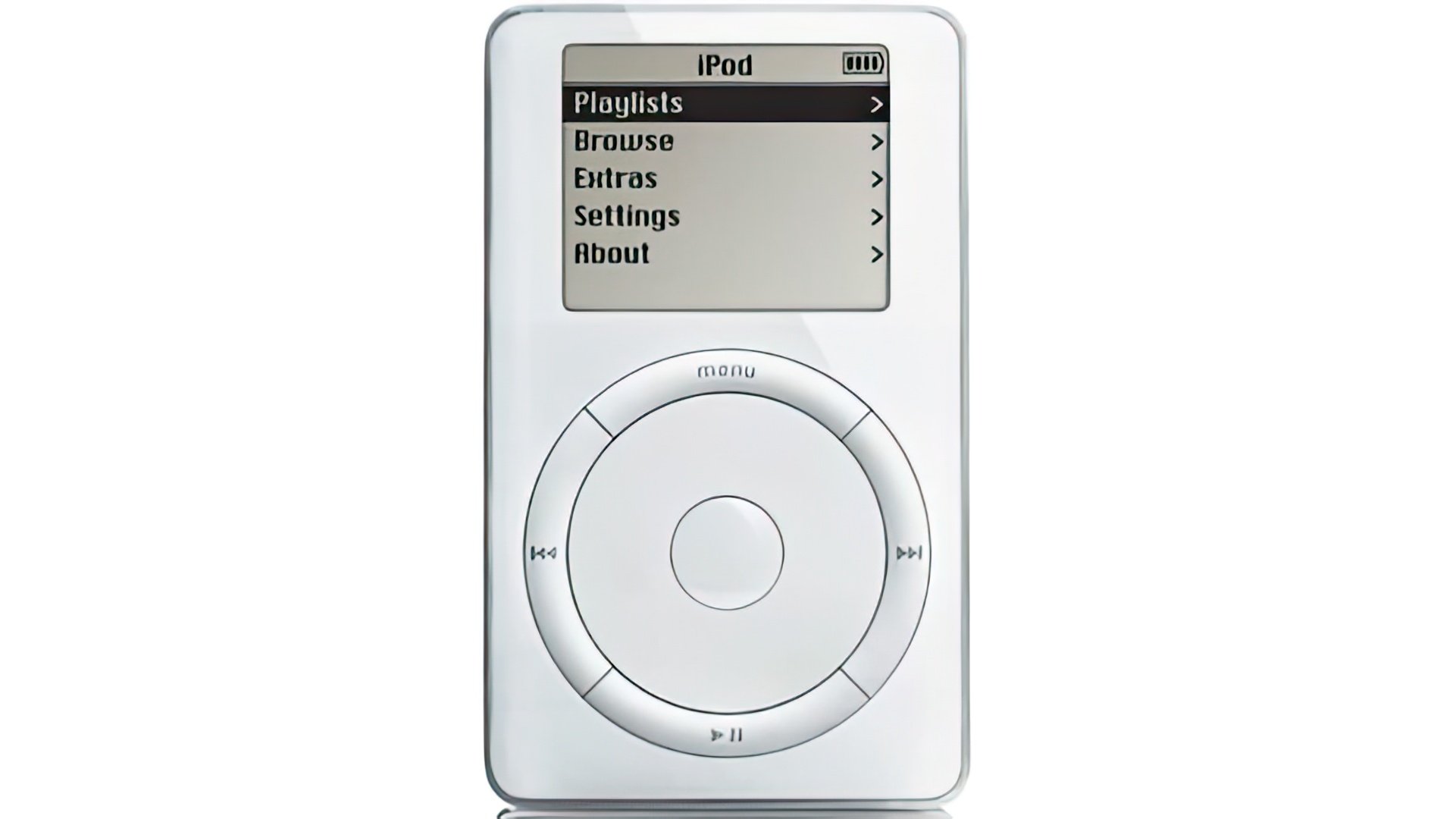
Meanwhile, starting in 2004, Apple rolled out the iPod Mini (which eventually evolved into the iPod Nano) and the ultra-compact, screenless iPod Shuffle.
In 2007, Apple's touchscreen iPhone hit the market. It wasn't the first touchscreen phone by any stretch. Ericsson had already dropped its first touch-sensitive phone back in 2000, well before its Sony merger. In 2004, Philips launched the model 550 with a stylus-responsive screen. Three years before the iPhone's debut, Nokia – the mobile market leader at the time – had launched the touch-enabled 7710 running Symbian OS.
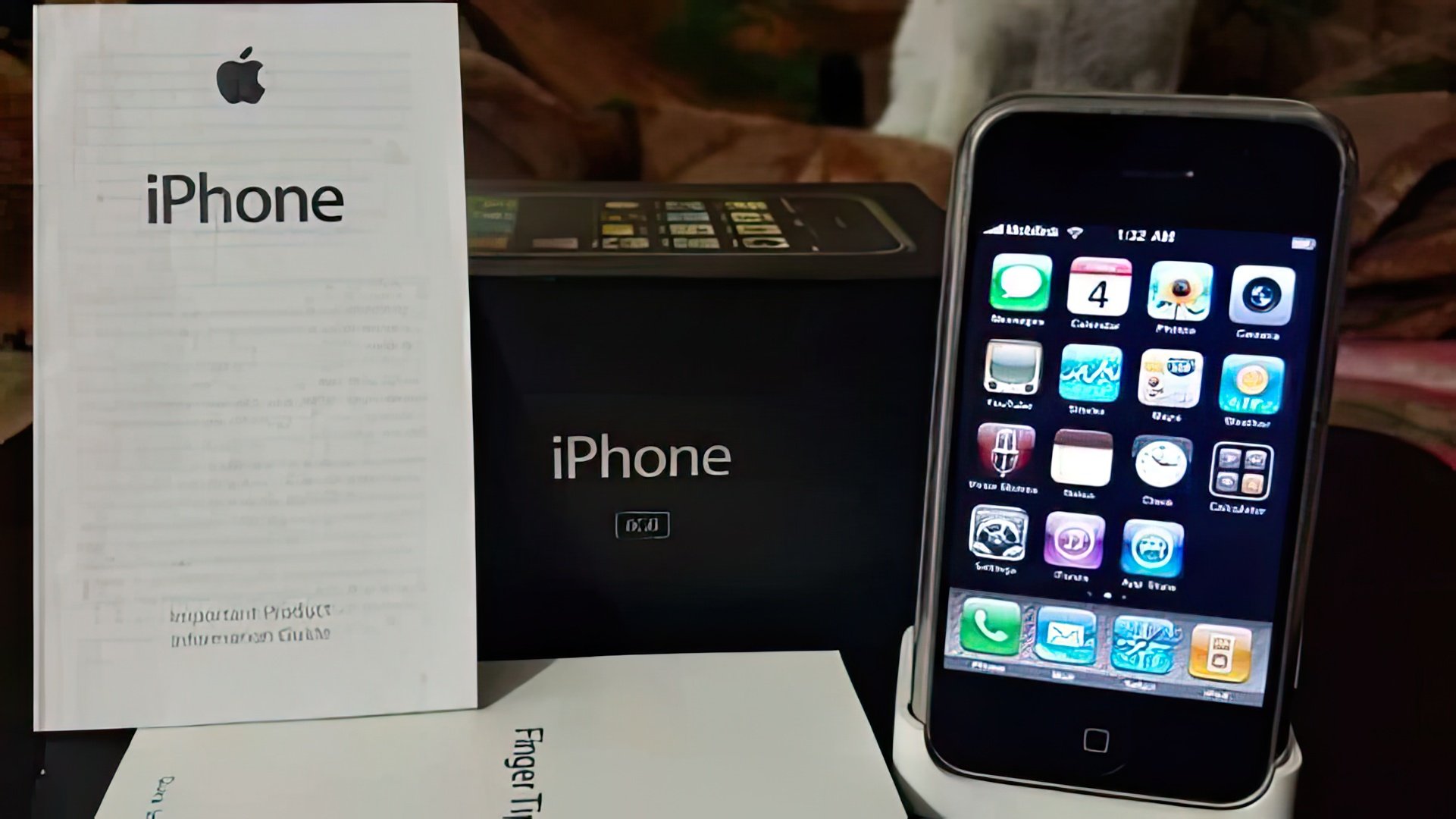
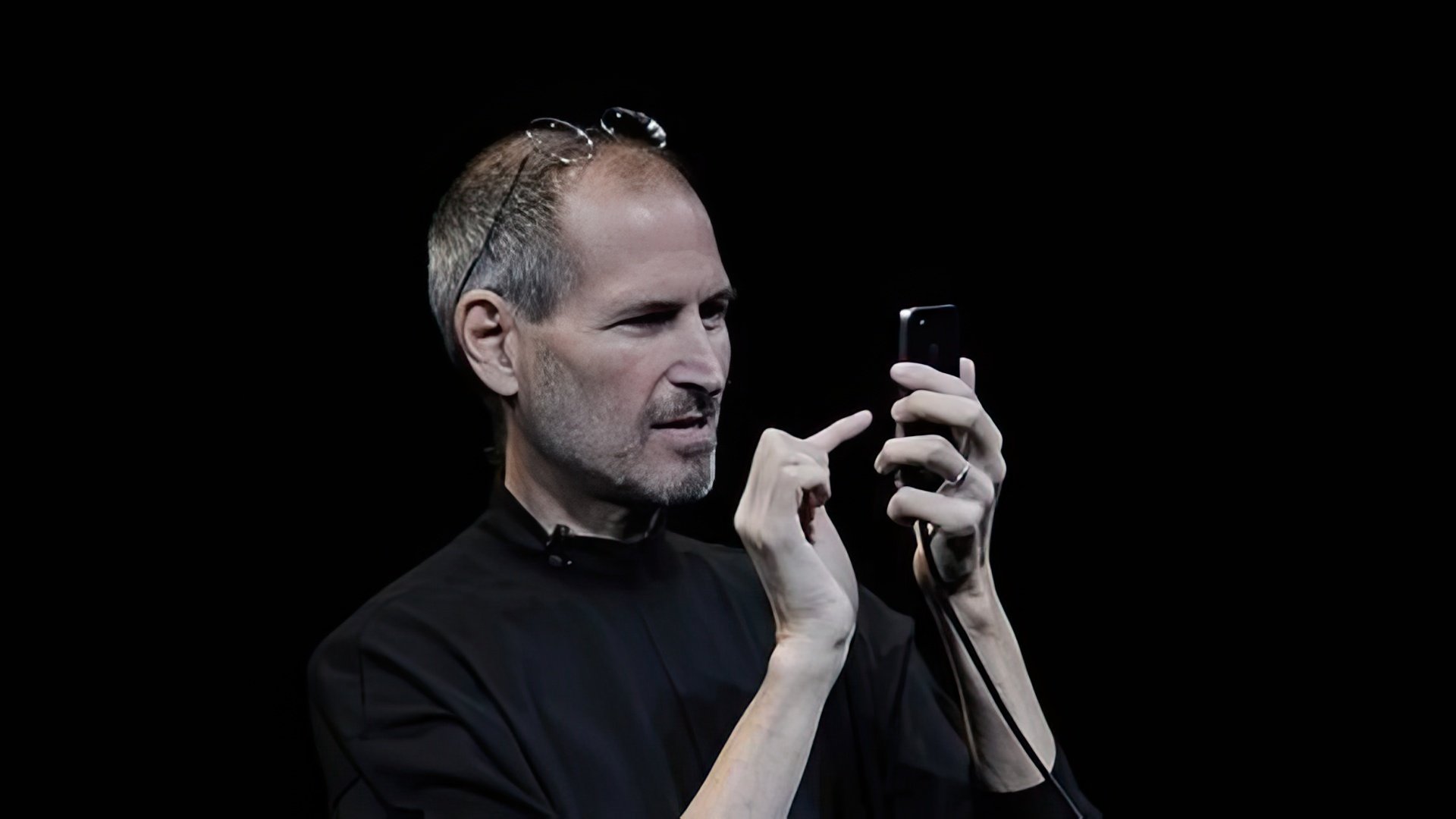
Jobs had an uncanny ability to tap into what consumers craved, so he set out to build sleek machines that could fulfill every modern user's desire. Steve's genius wasn't always about groundbreaking innovation – he had a talent for taking existing third-party tech and perfecting it, then "packaging it in an irresistible wrapper." Since his passing, new Apple products like the Apple Watch haven't quite captured that same revolutionary magic.
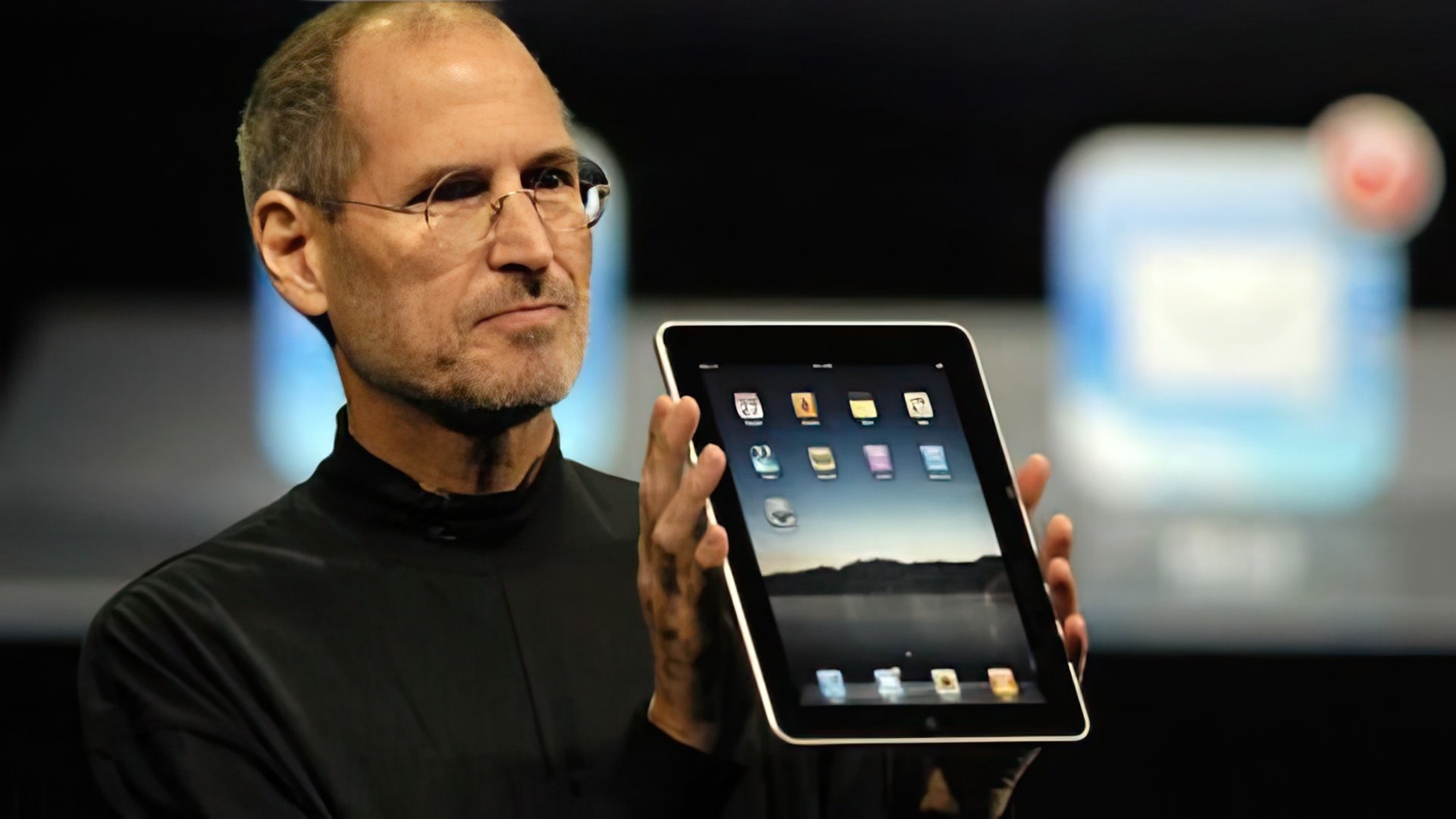
Steve Jobs' Personal Life
Steve Jobs called Chrisann Brennan his first love. He met the free-spirited girl in 1972 after they both ran away from their parents. Together, they studied Zen Buddhism, took LSD, and hitchhiked.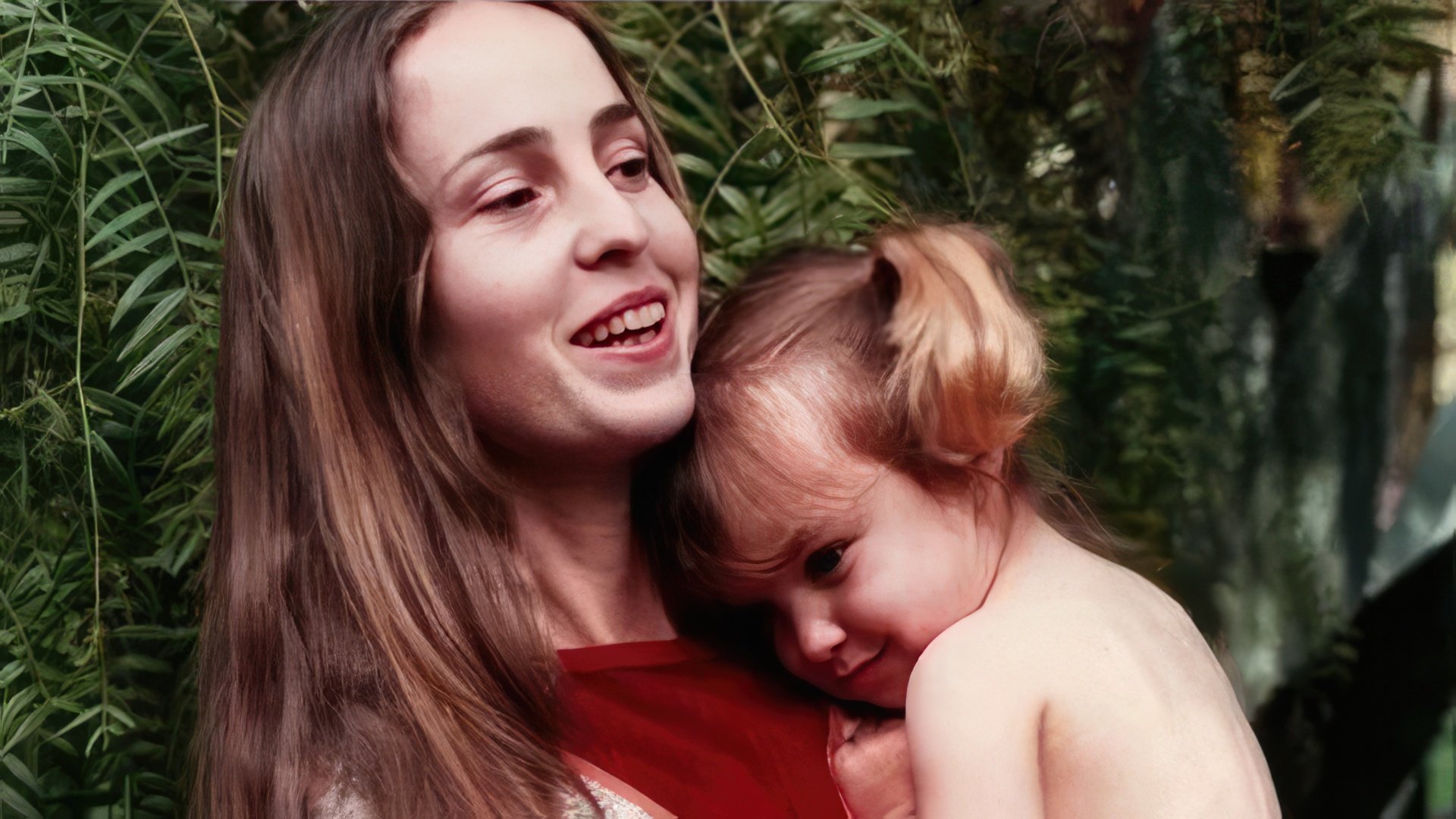
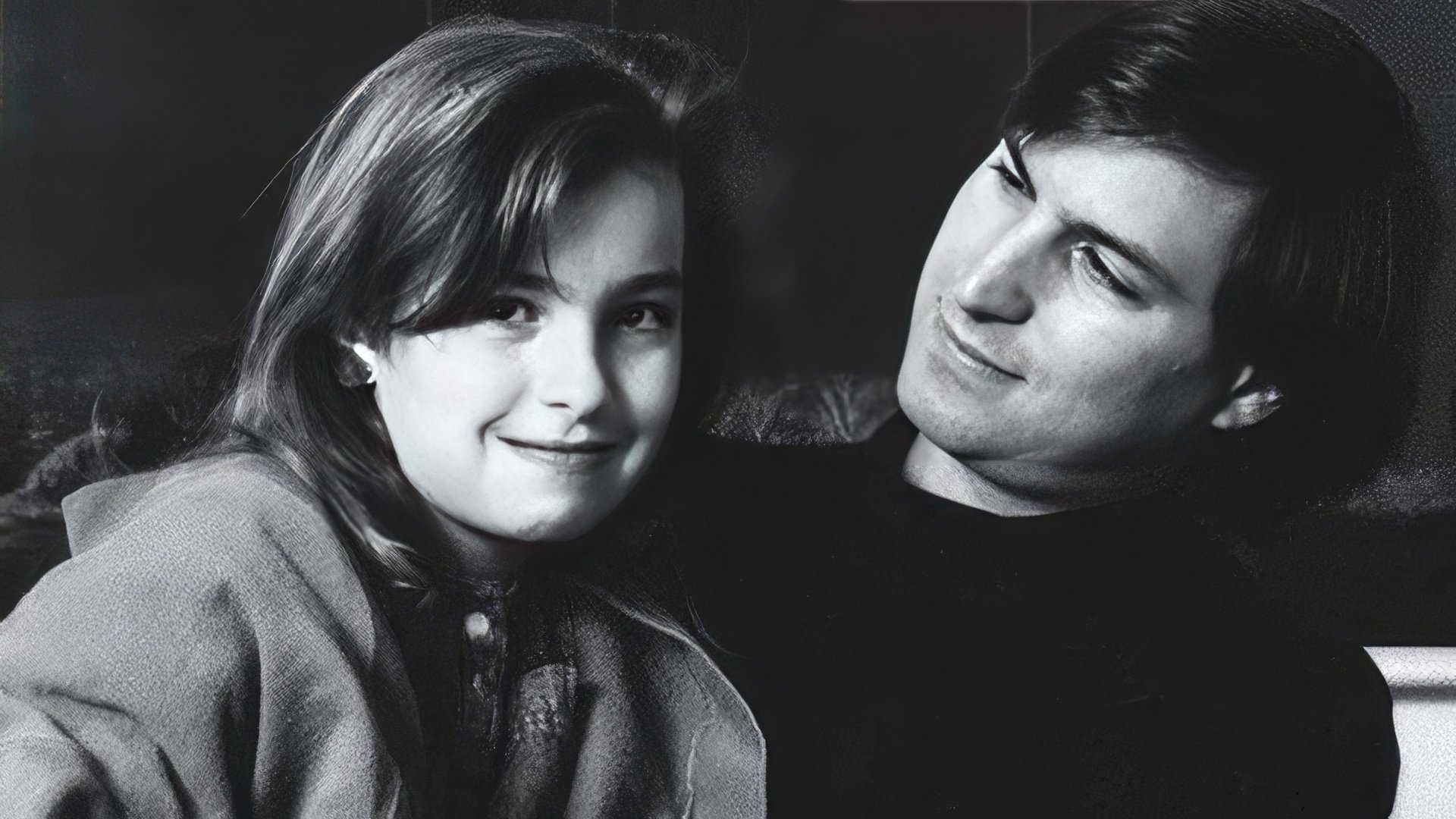
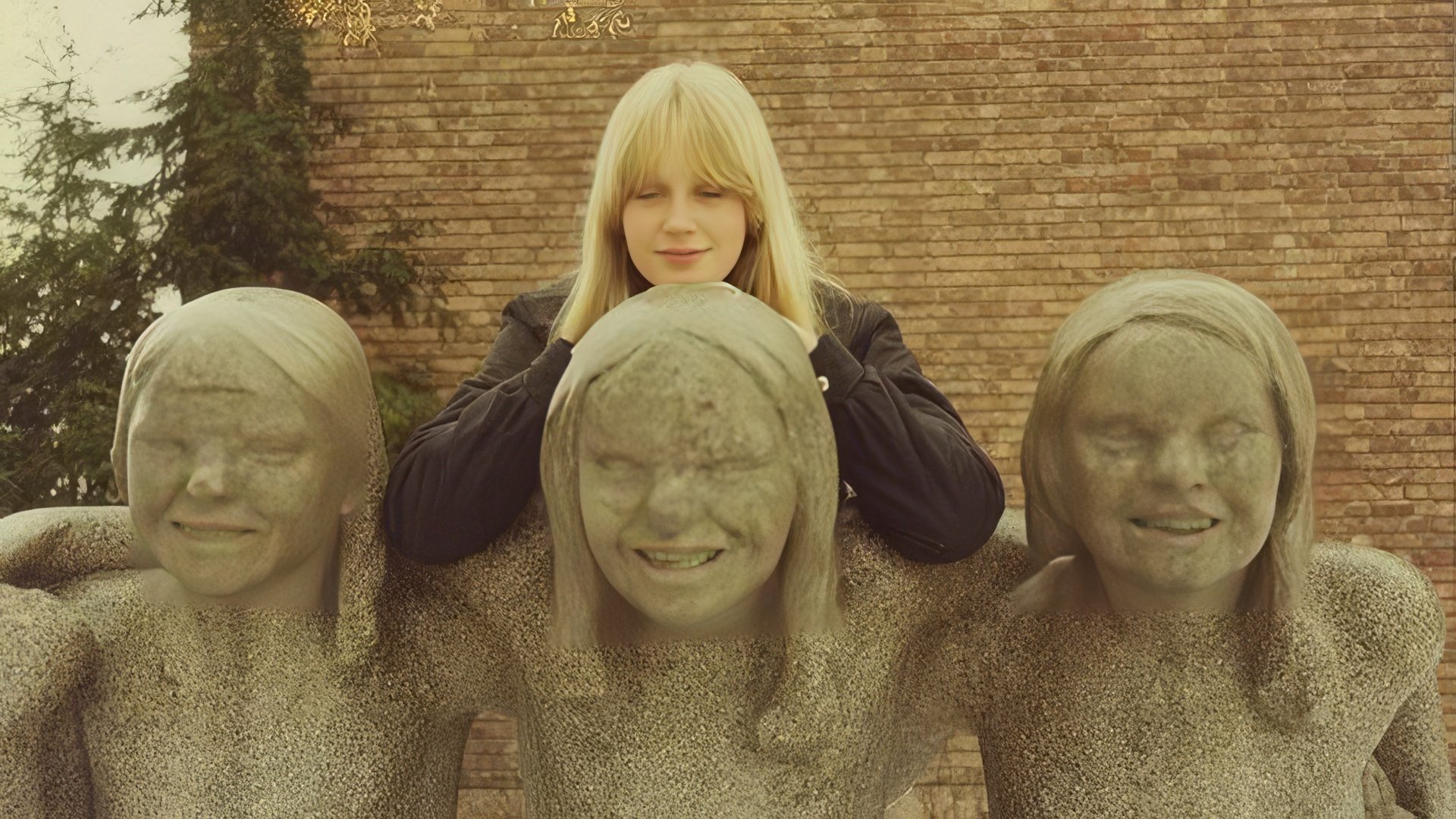
At a Stanford Business School lecture in 1989, Steve happened to meet a banking employee named Laurene Powell. A year later, the young couple got married, and in 1991 they had a son named Reed. Laurene later gave birth to two daughters - Erin (1995) and Eve (1998).
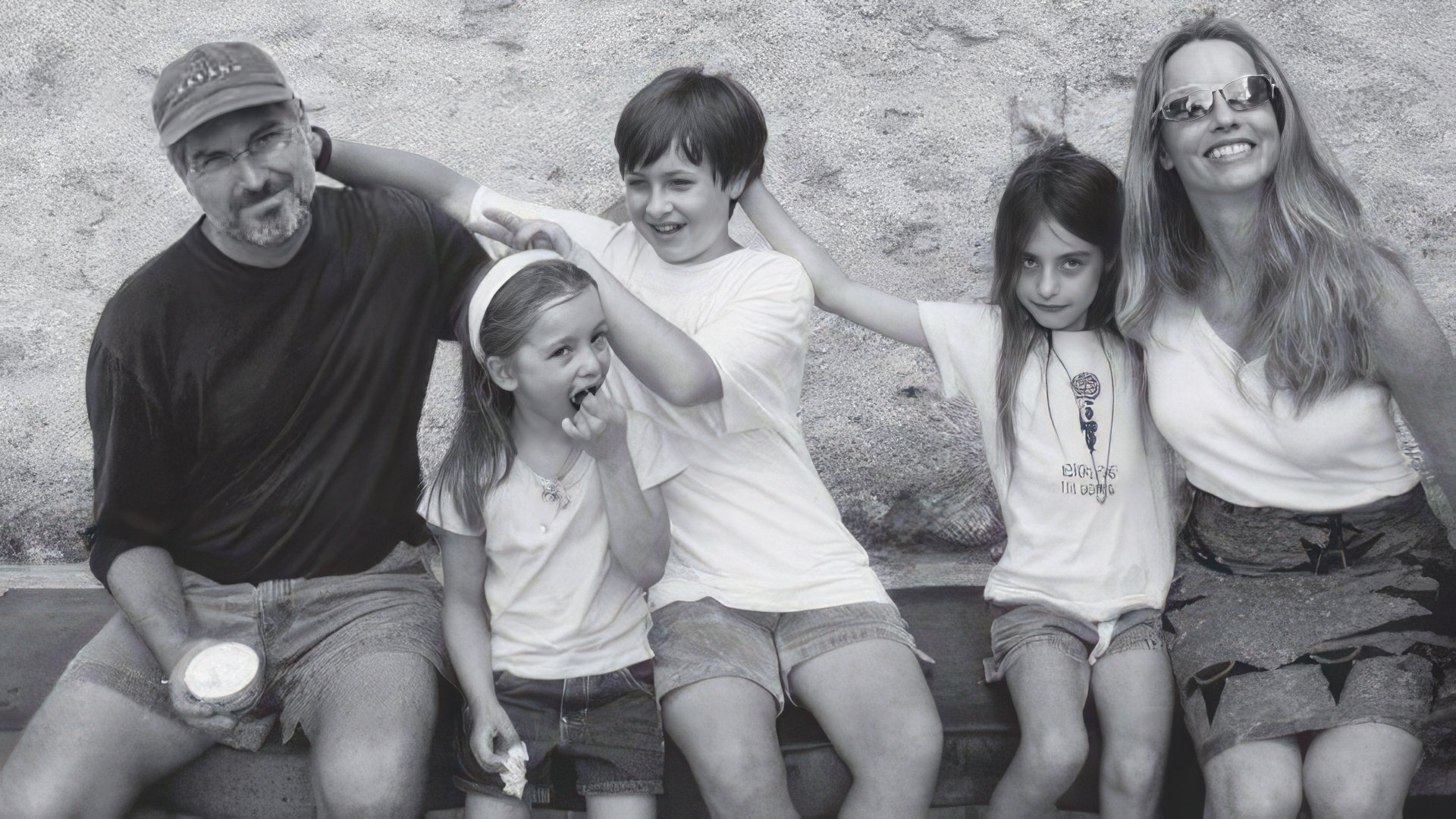
Illness and Death
In August 2004, doctors diagnosed Steve Jobs with pancreatic cancer, a notoriously difficult disease to treat. Typically, tumors in this location are considered inoperable, but Jobs was relatively fortunate to have a neuroendocrine tumor, which grows much slower and responds better to treatment; this occurs in one out of 20 cases.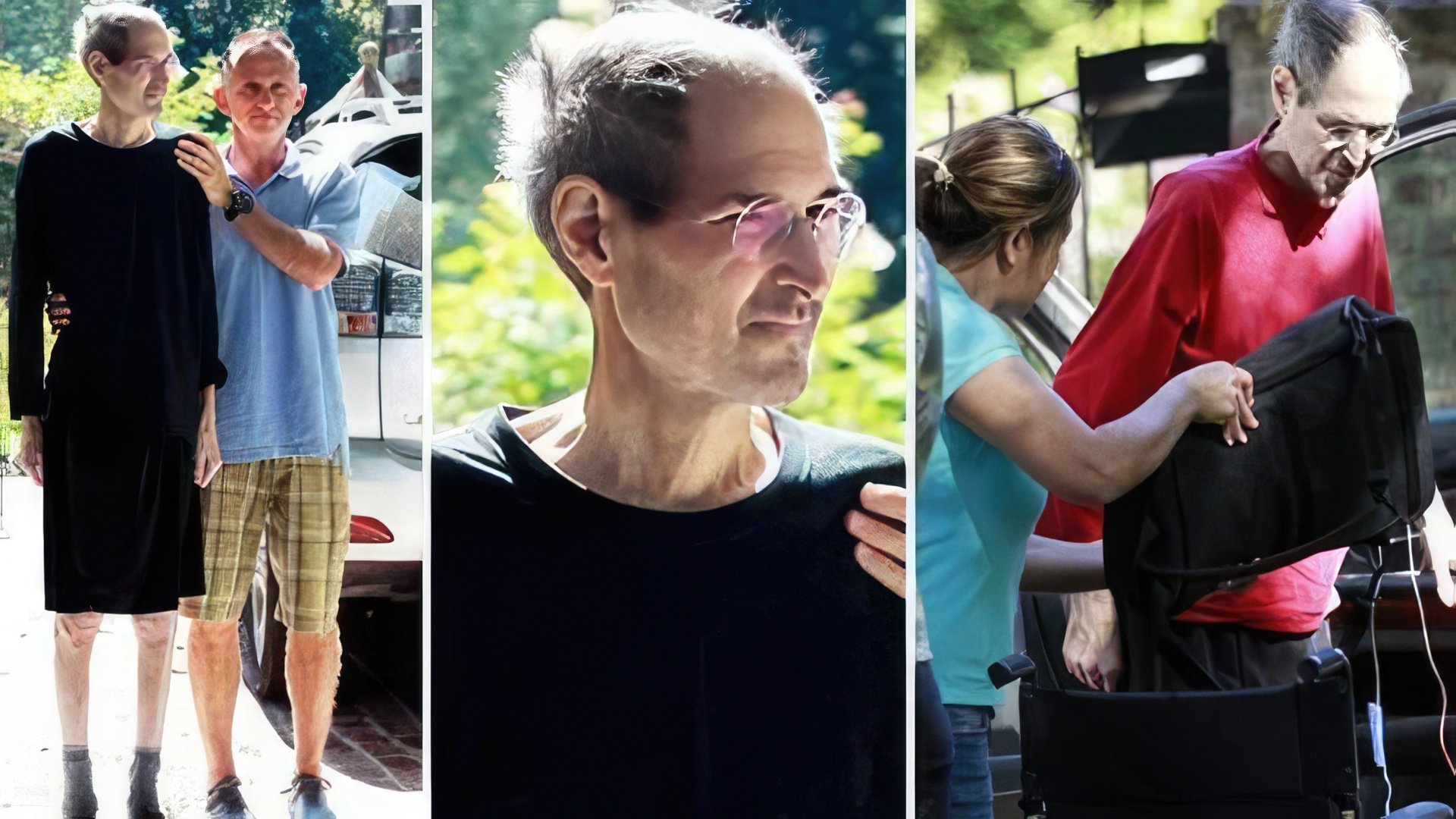
Despite doctors continuing treatment and giving optimistic forecasts, in August 2011, the inventor resigned, and on October 5, 2011, Steve passed away from respiratory failure.Jobs went through chemotherapy, but the tumor kept growing. In 2009, Jobs had his liver, which was infected with cancer cells, completely removed and received a transplant. Immunosuppressive drugs helped his body accept the new liver, but this caused the metastases to grow.
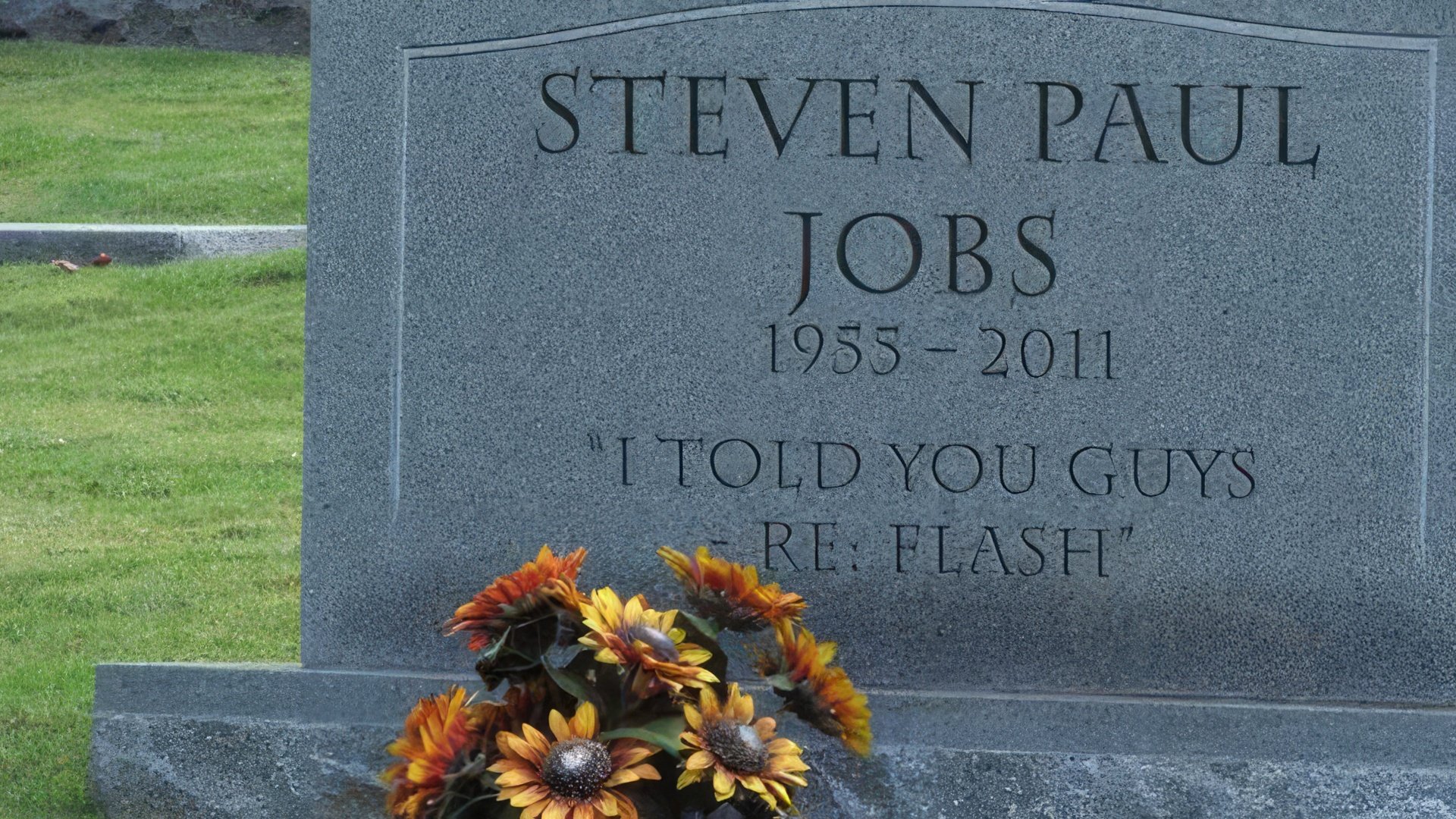
Legacy
After Steve's death, Tim Cook, the former COO, became the CEO of Apple. The company continues to thrive, releasing new models of smartphones, tablets, and computers.In 2013, the film "Jobs: The Man in the Machine" hit theaters, featuring Ashton Kutcher as Steve, depicting the inventor's college years. Two years later, the biographical drama "Steve Jobs" reached theaters, starring Michael Fassbender and Kate Winslet in the lead roles.
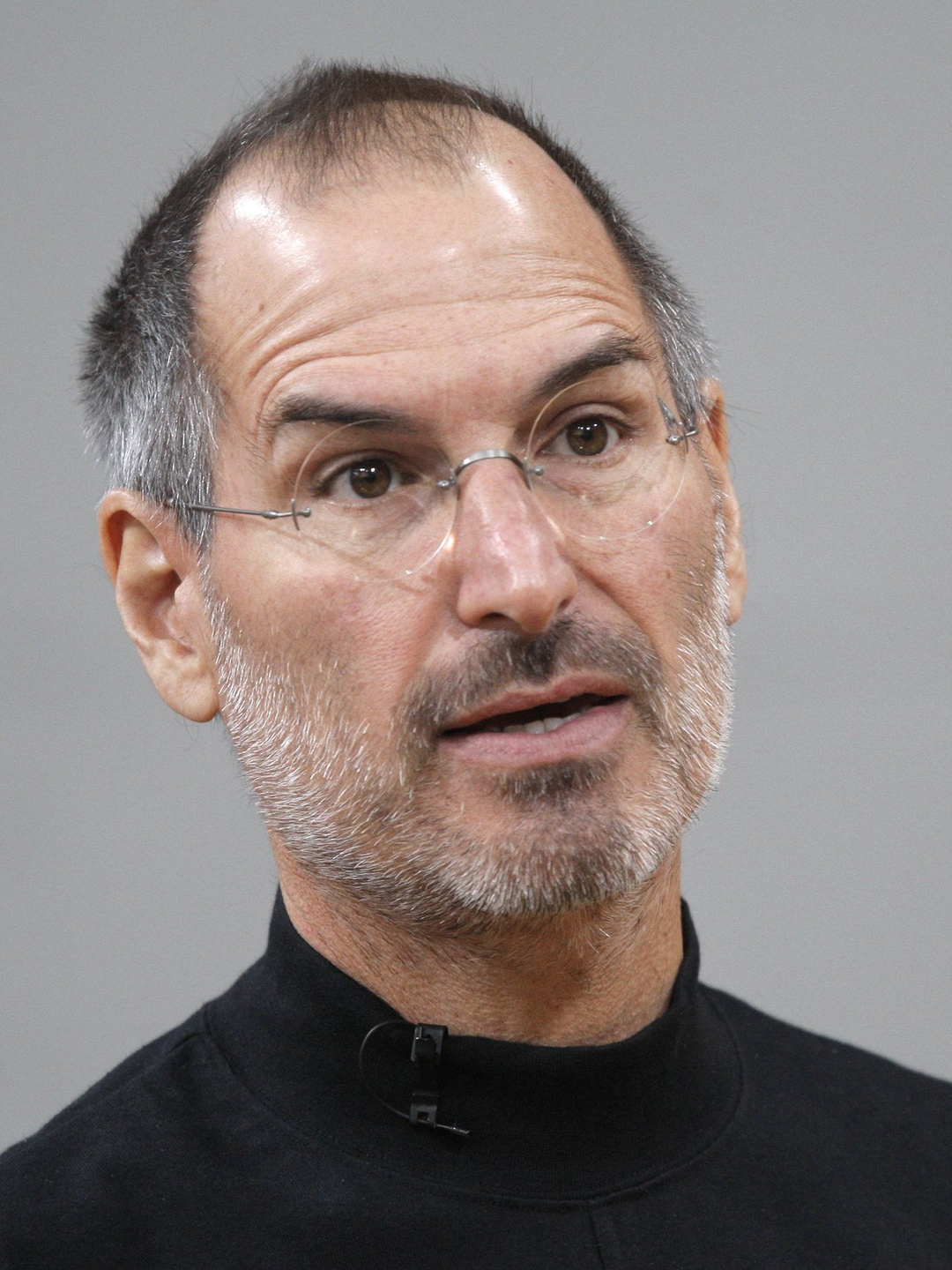
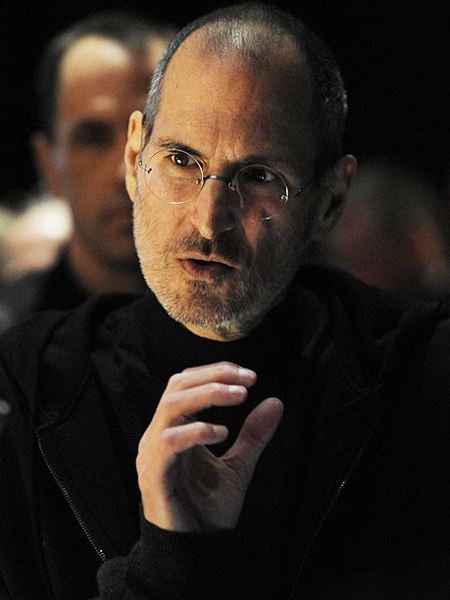
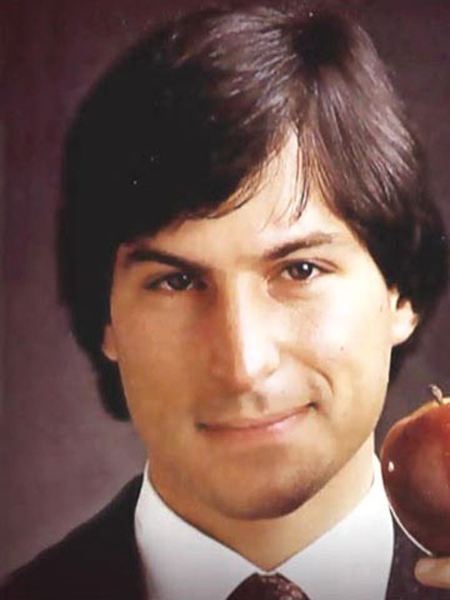
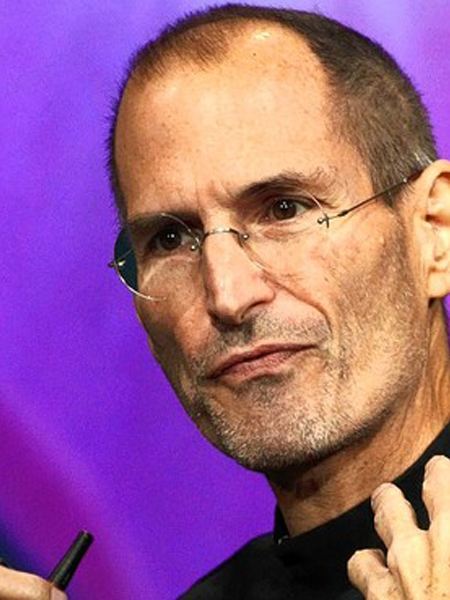

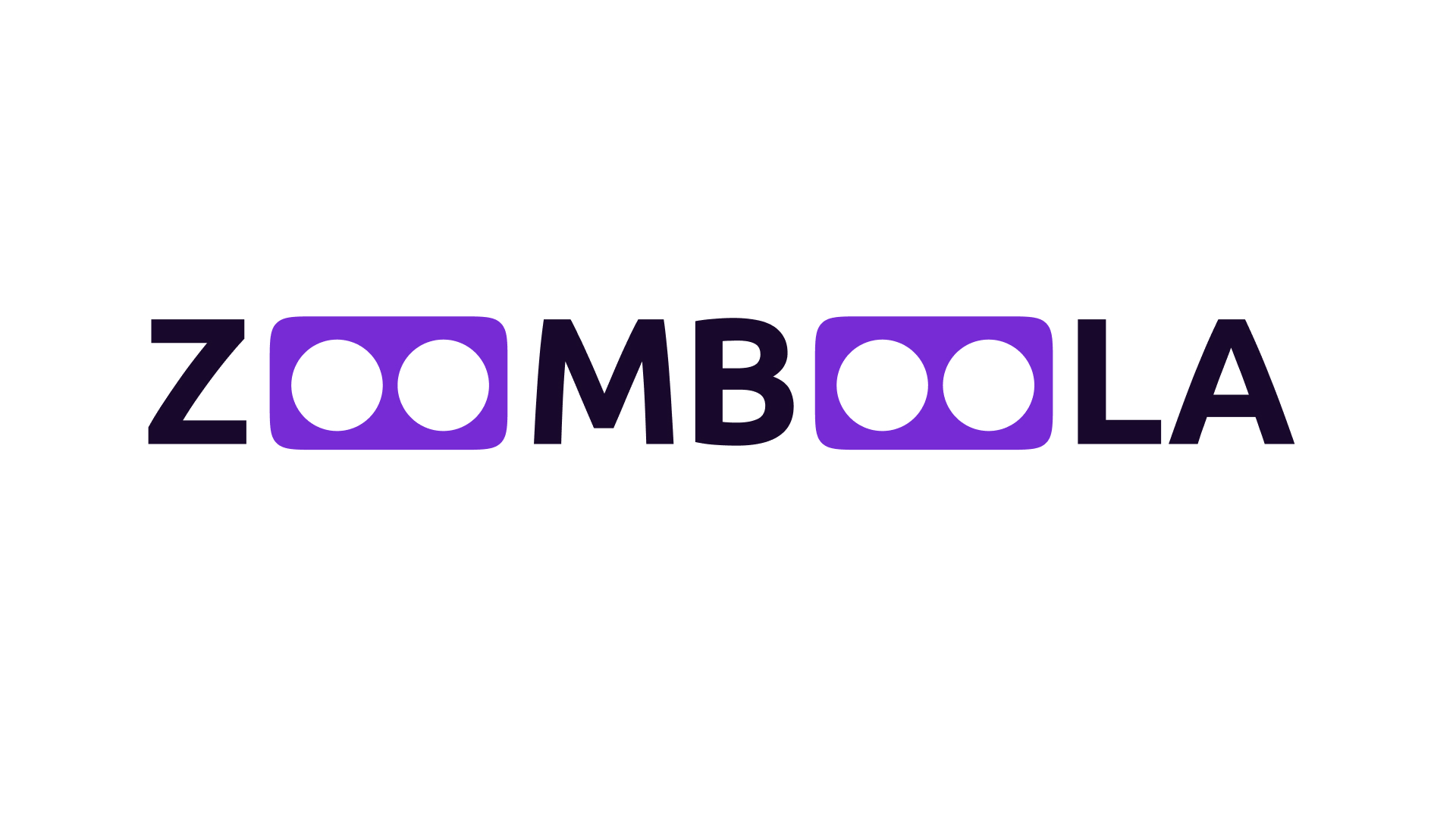
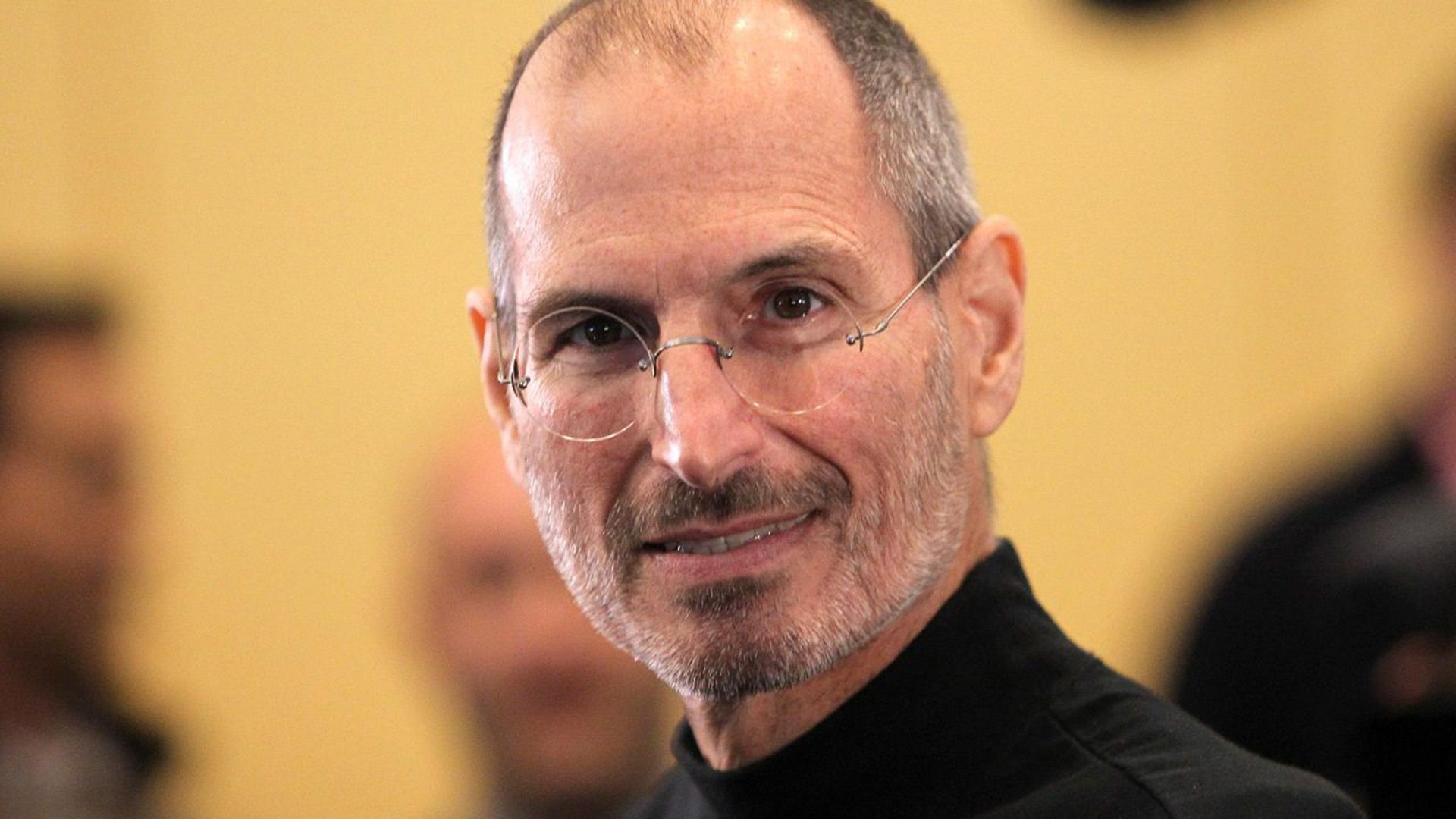
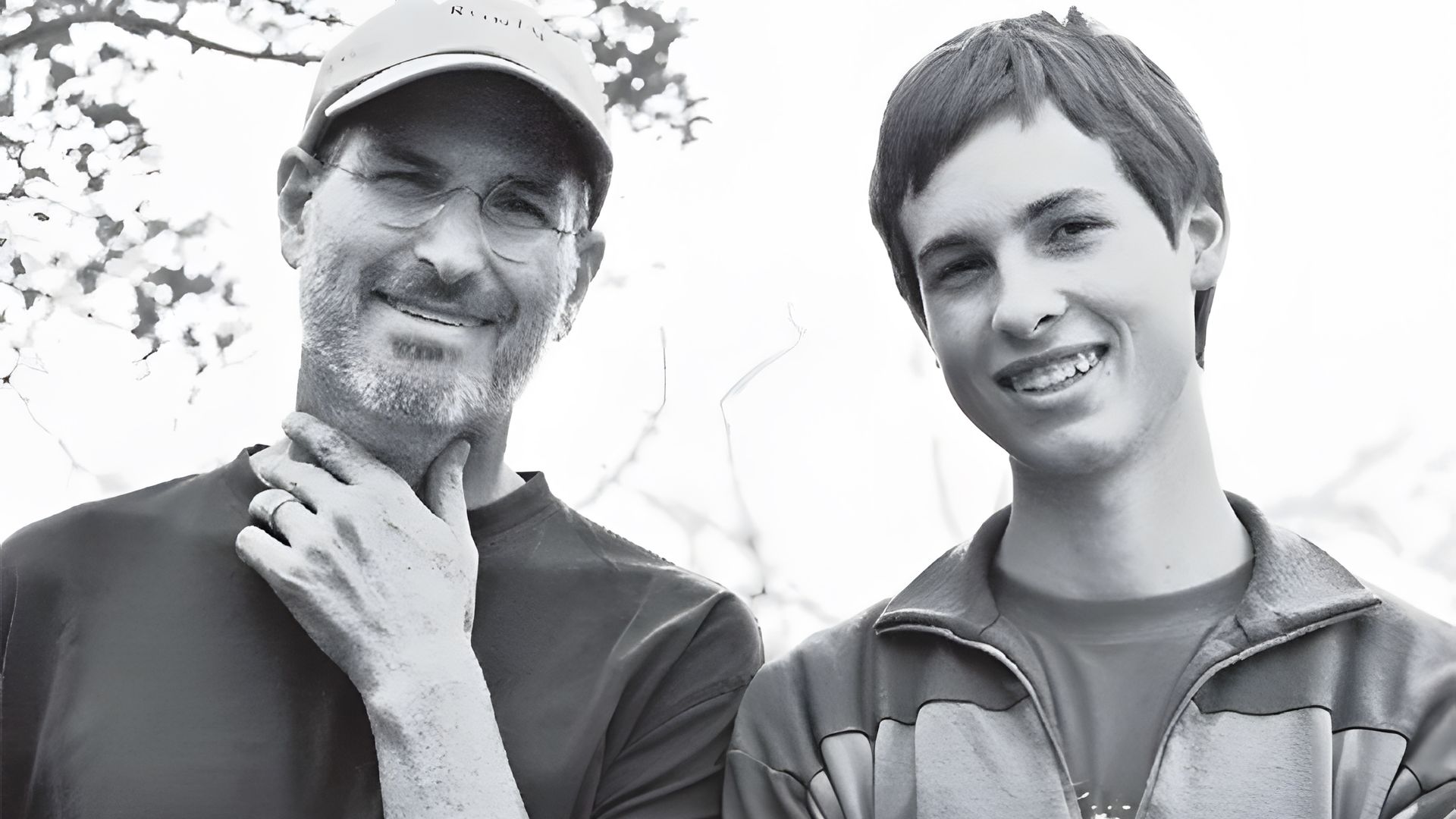
-
Steve Smith
2021-05-09 22:32:39
-
Karen Mason
2021-05-06 12:16:33
-
Carlos Austin Wood
2021-05-05 14:37:07
-
Angel William Miller
2021-05-05 11:10:11
-
Melissa Bridges
2021-04-03 13:21:39
5